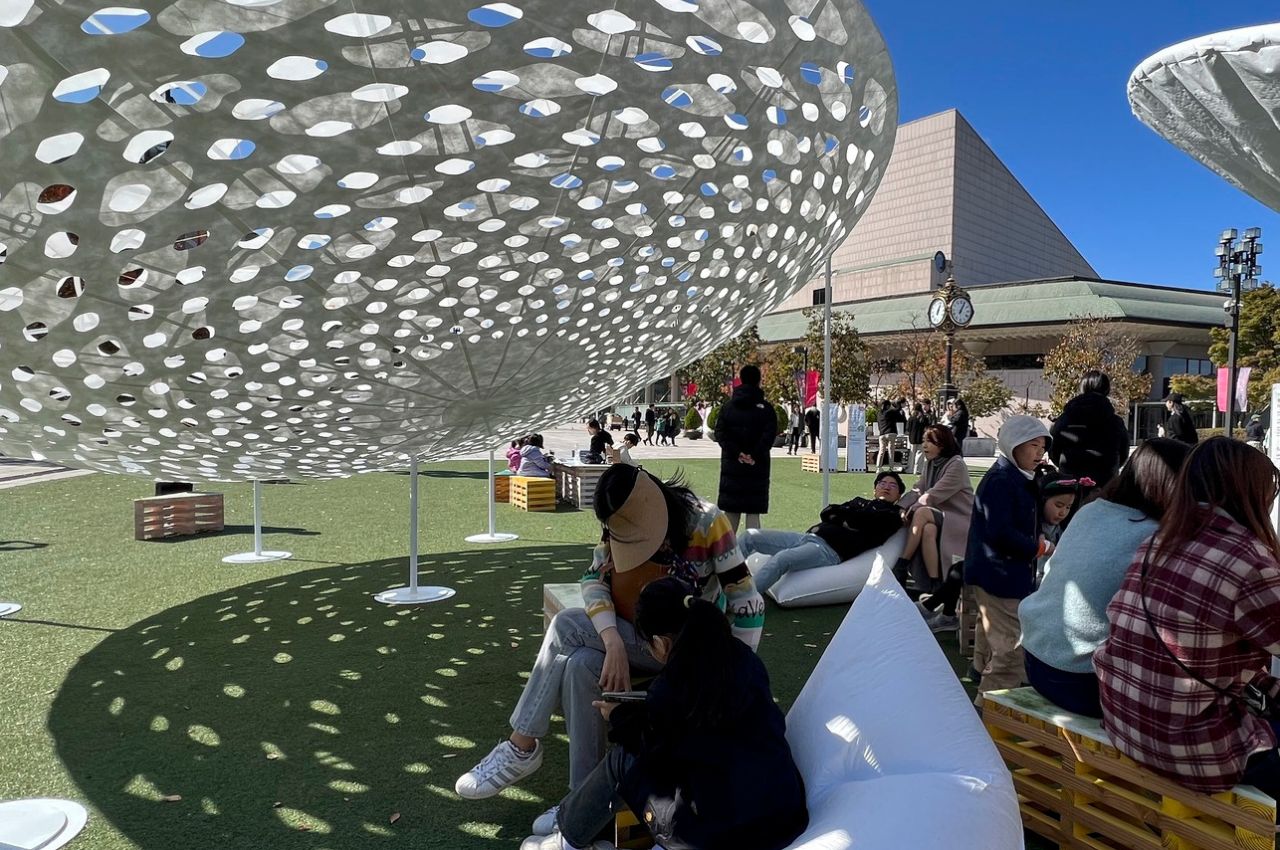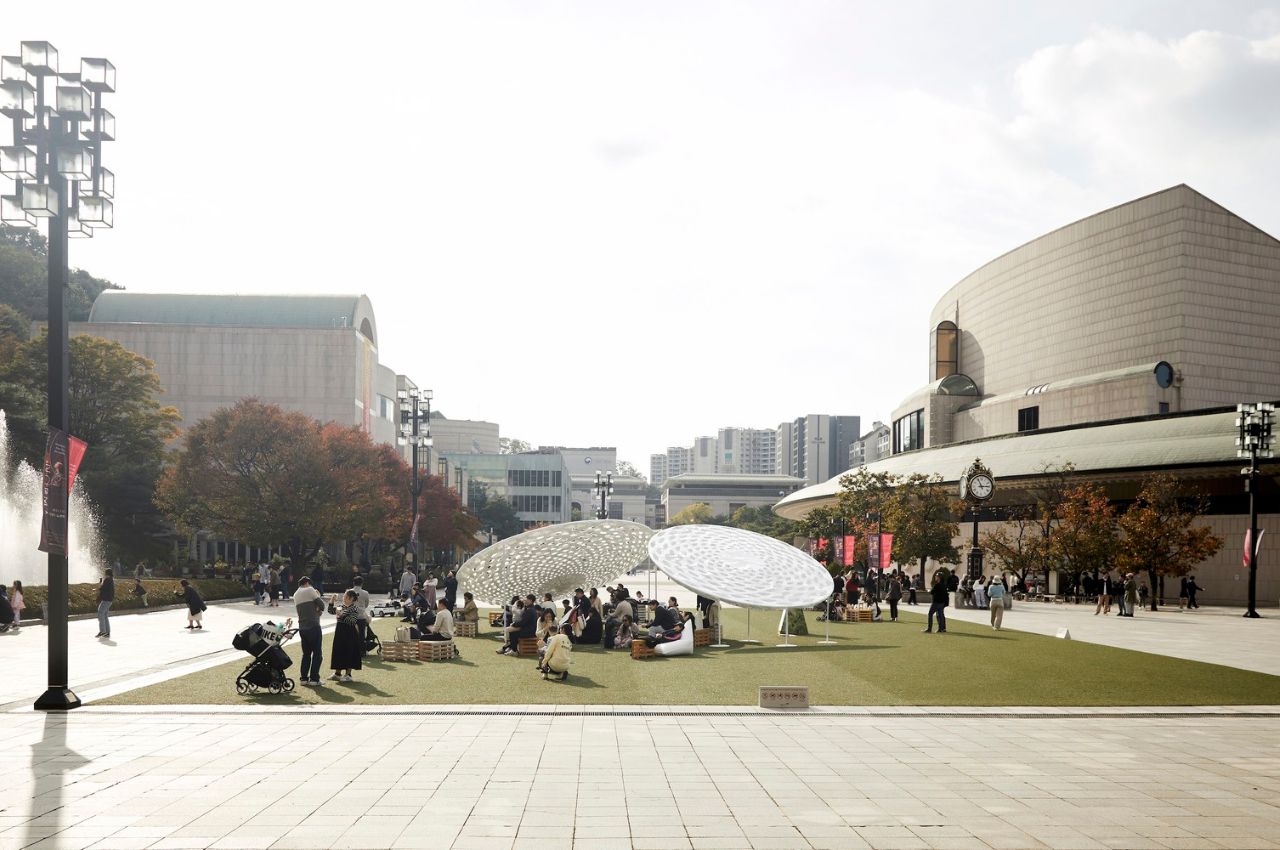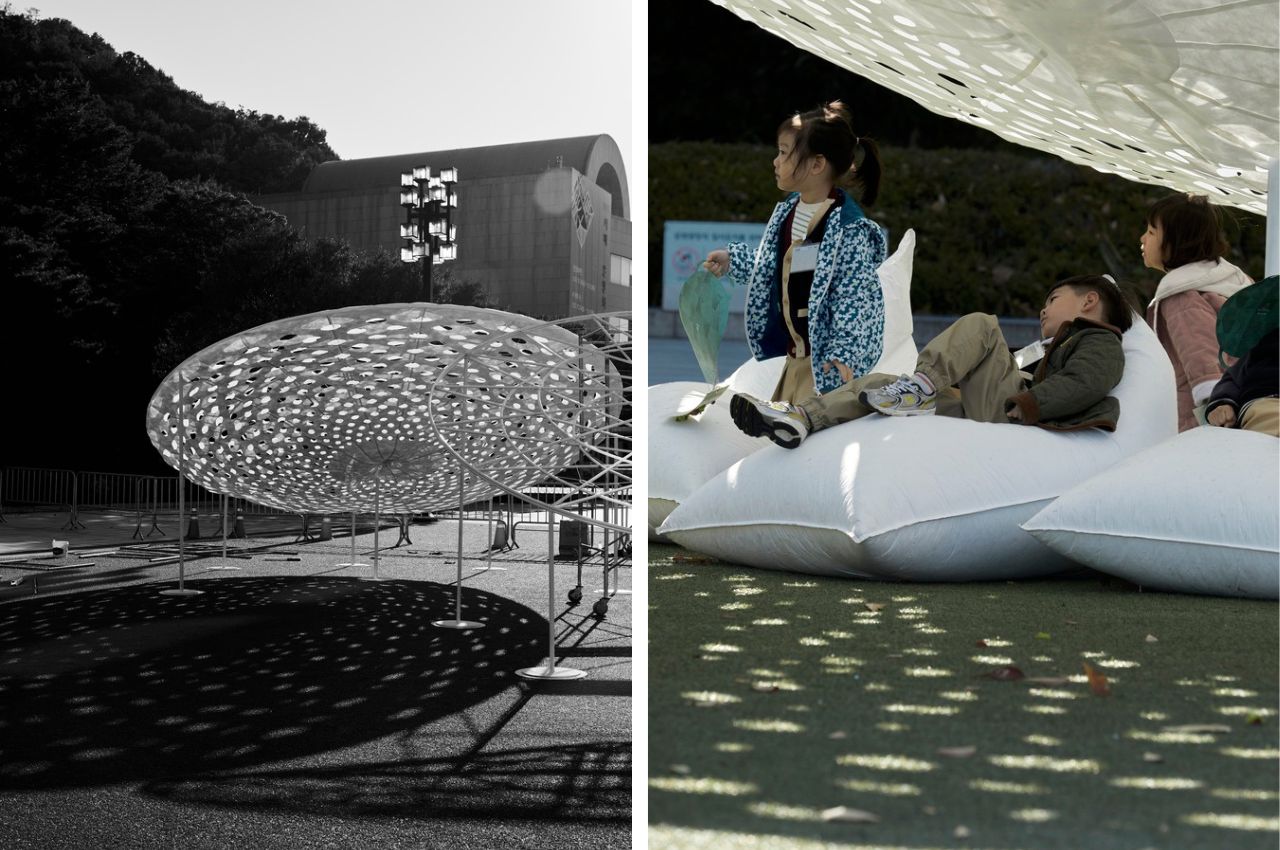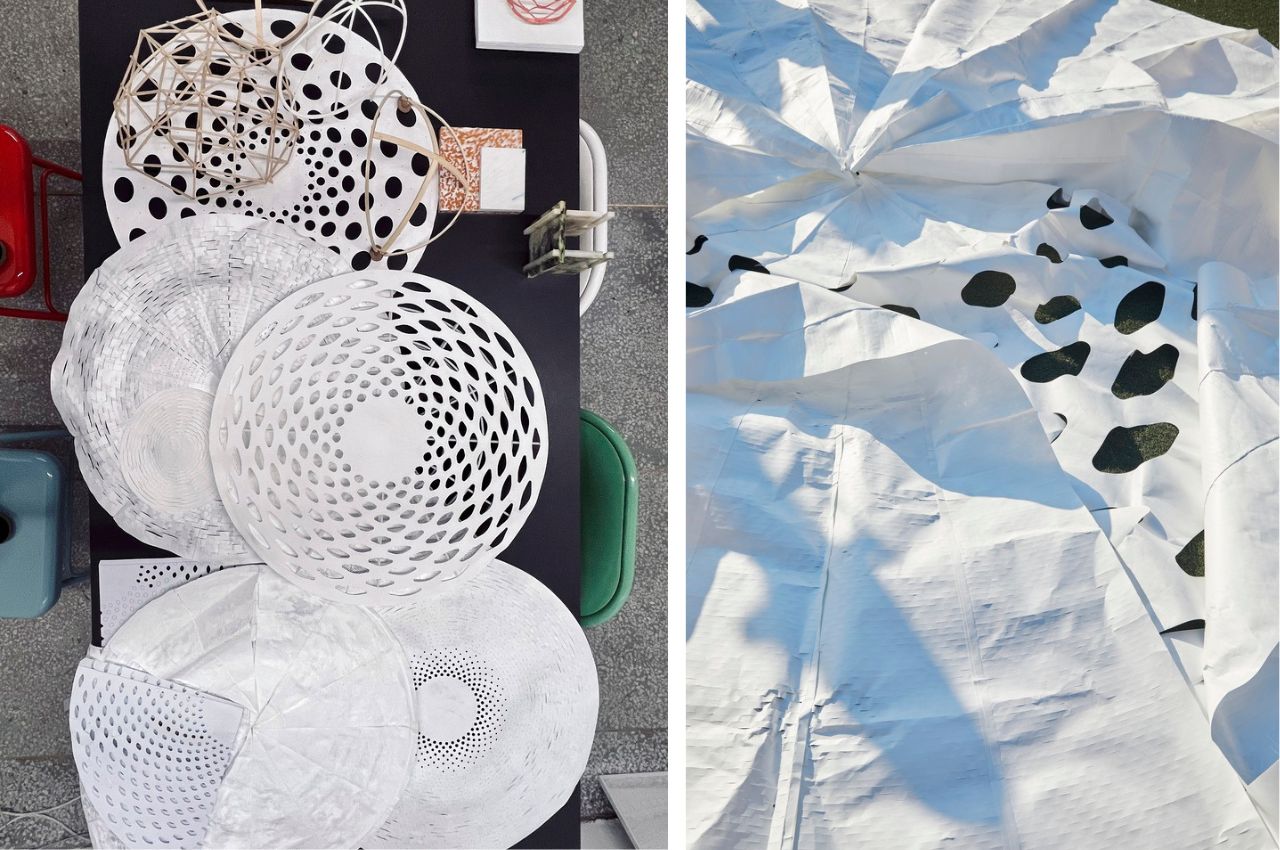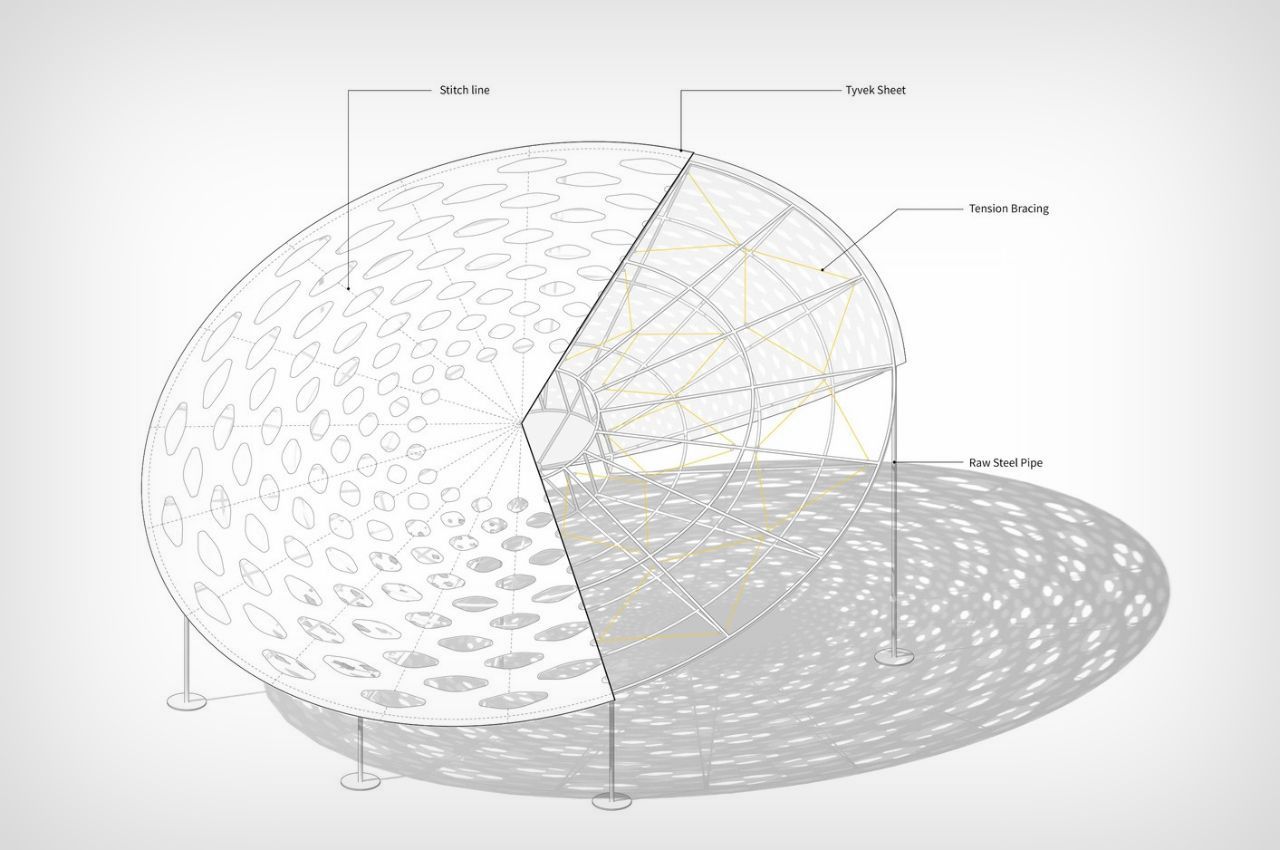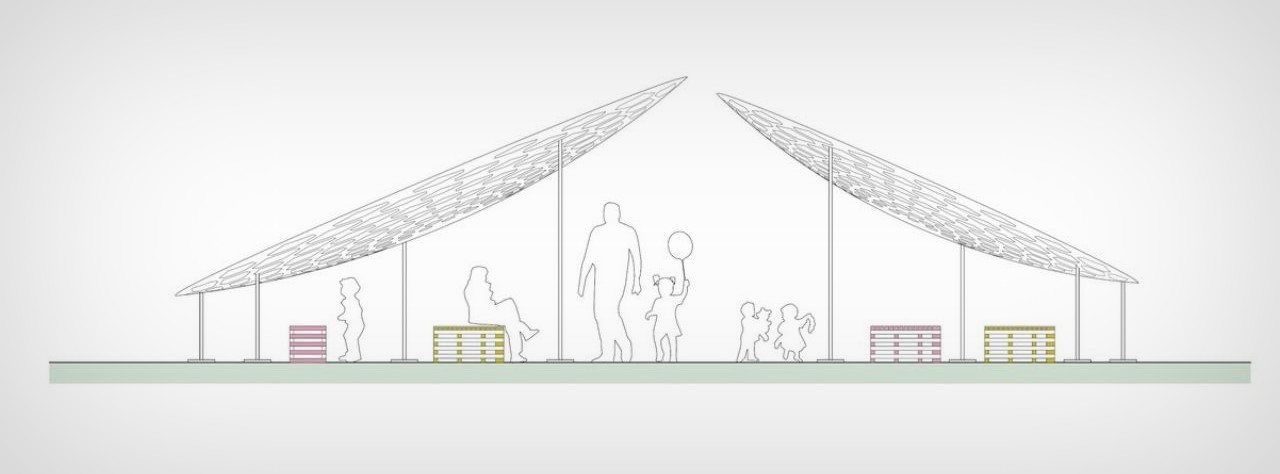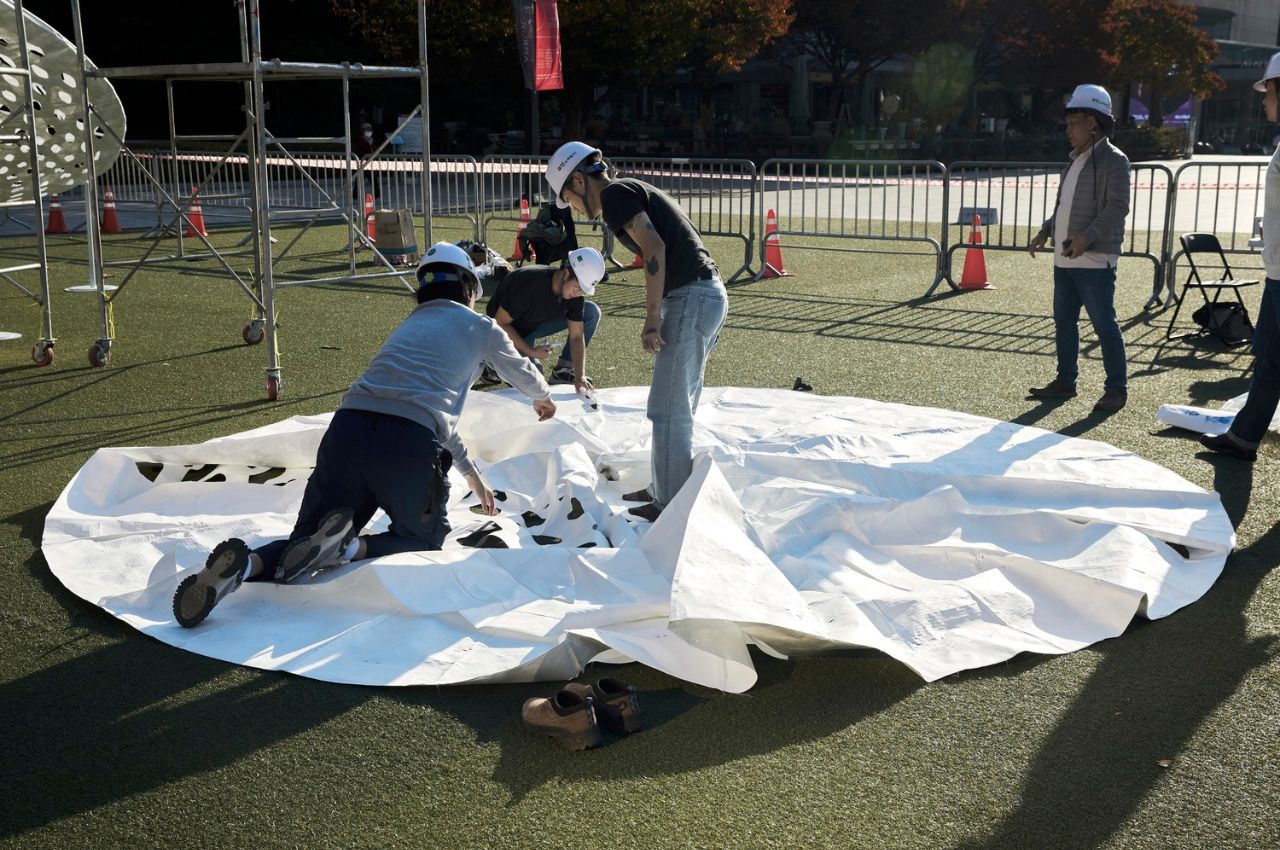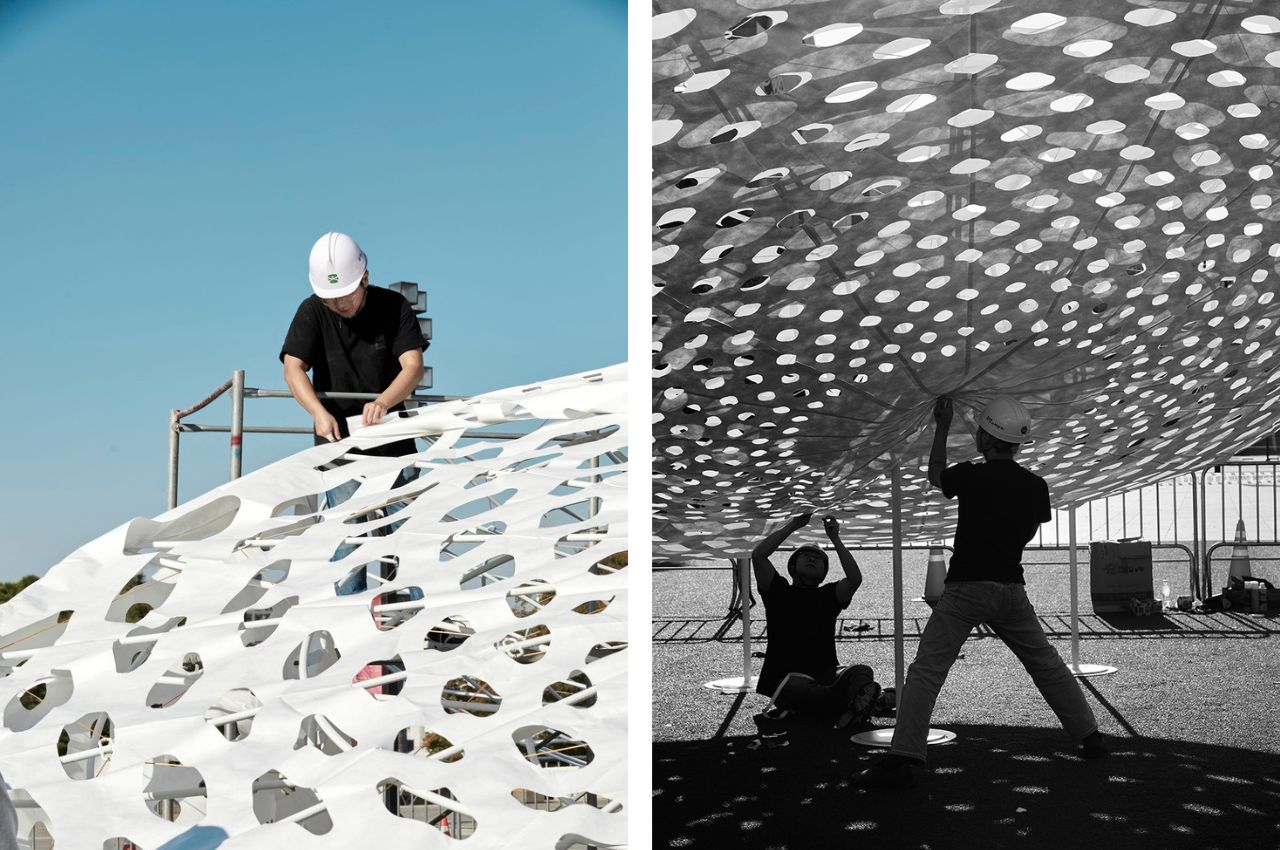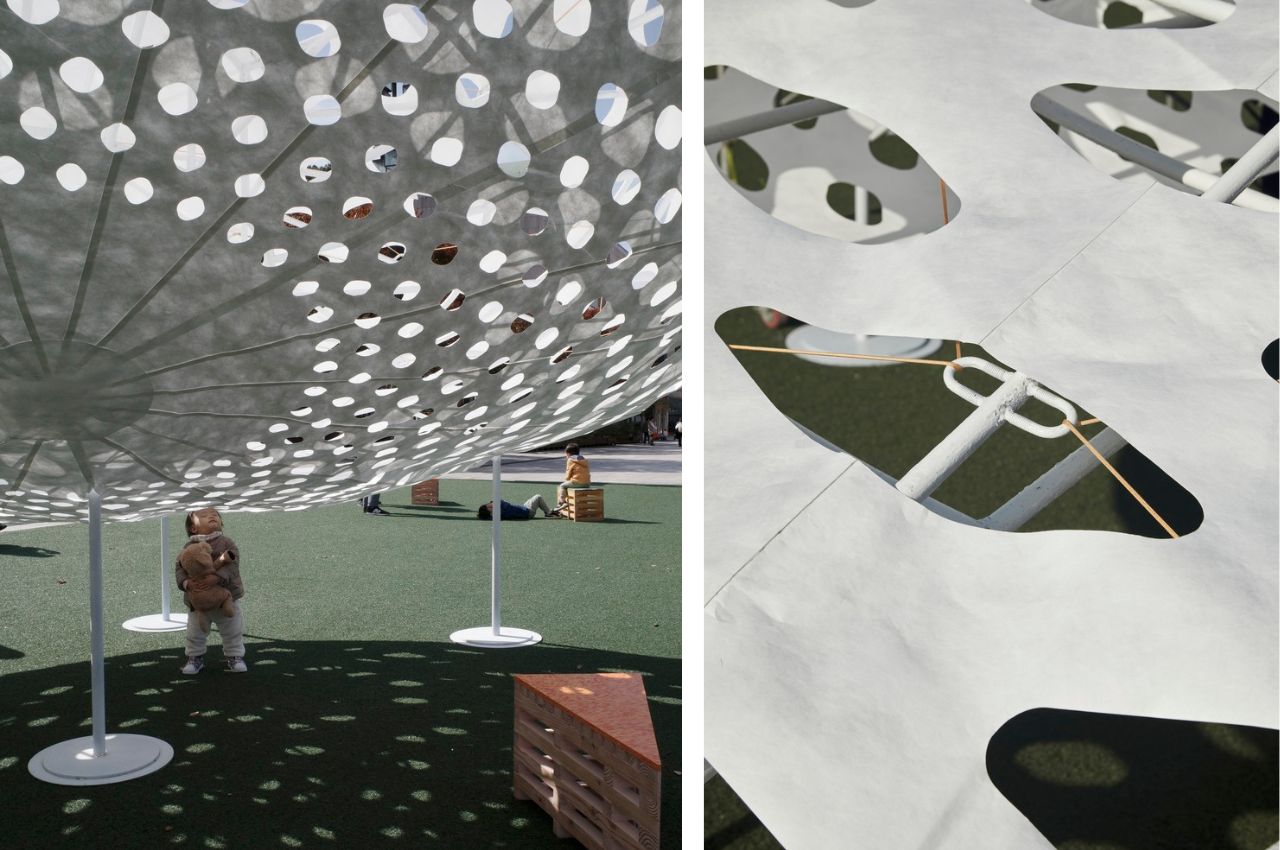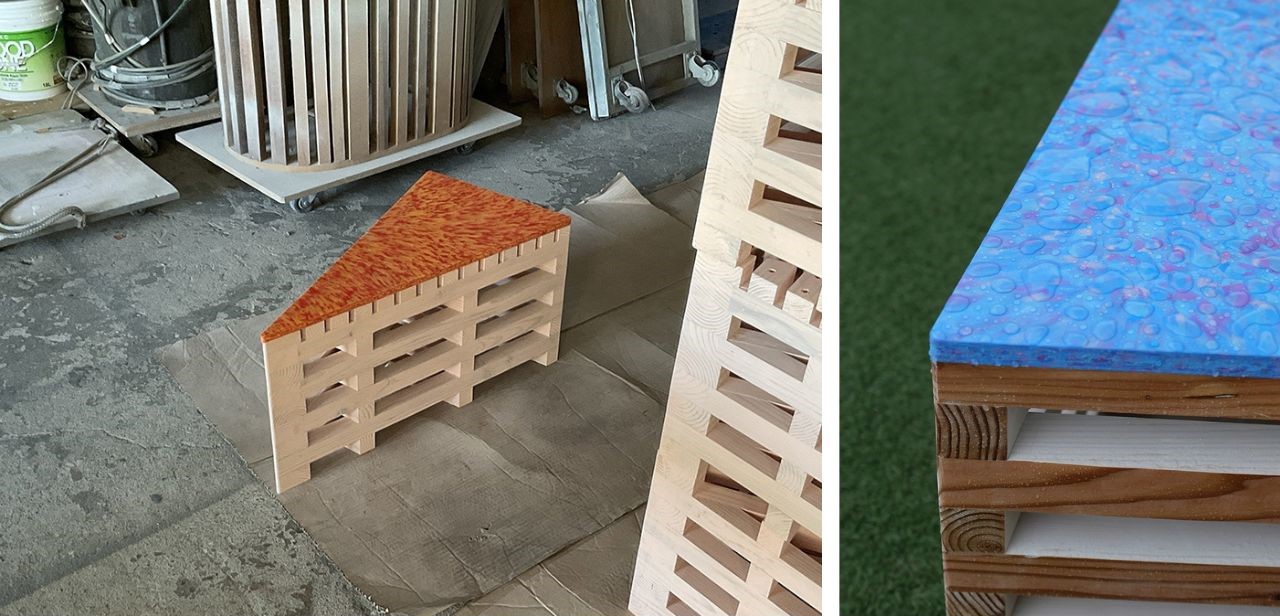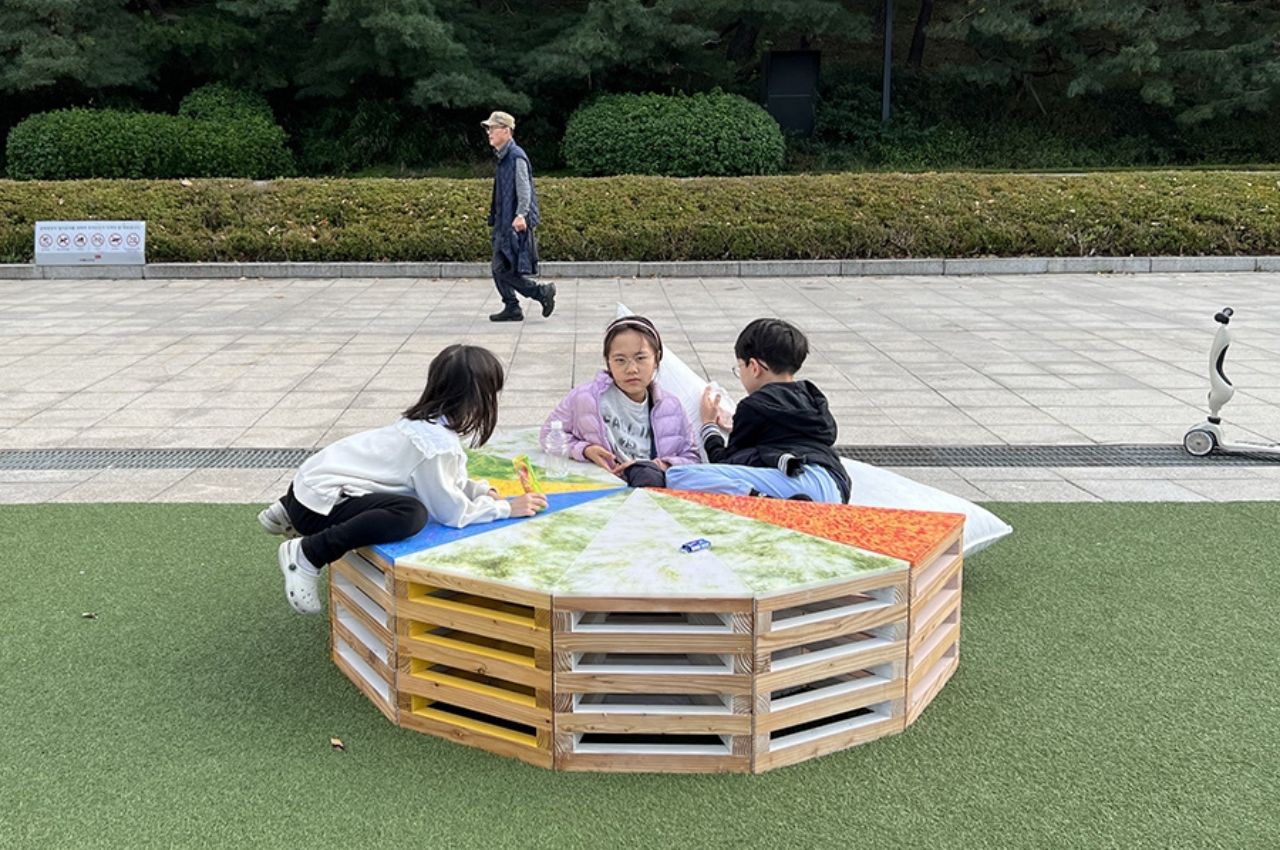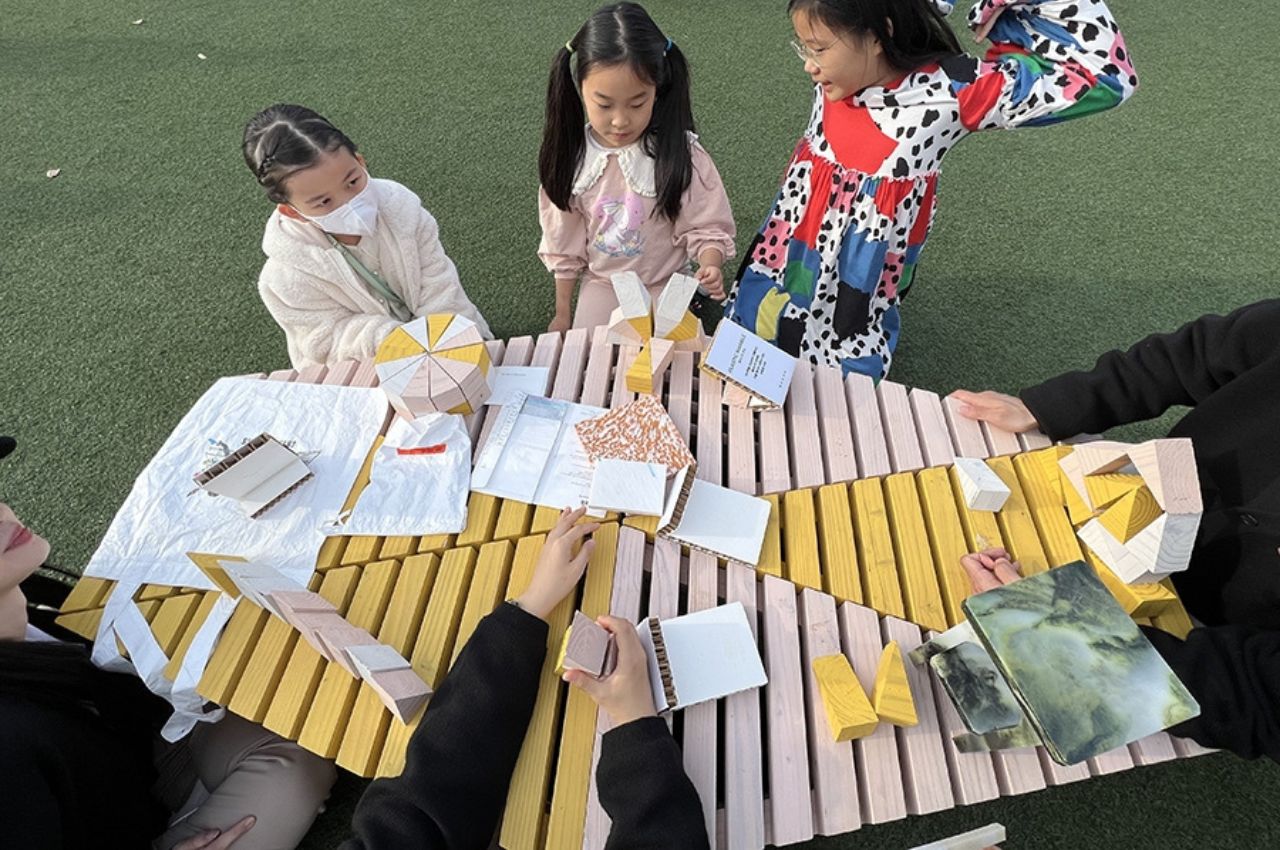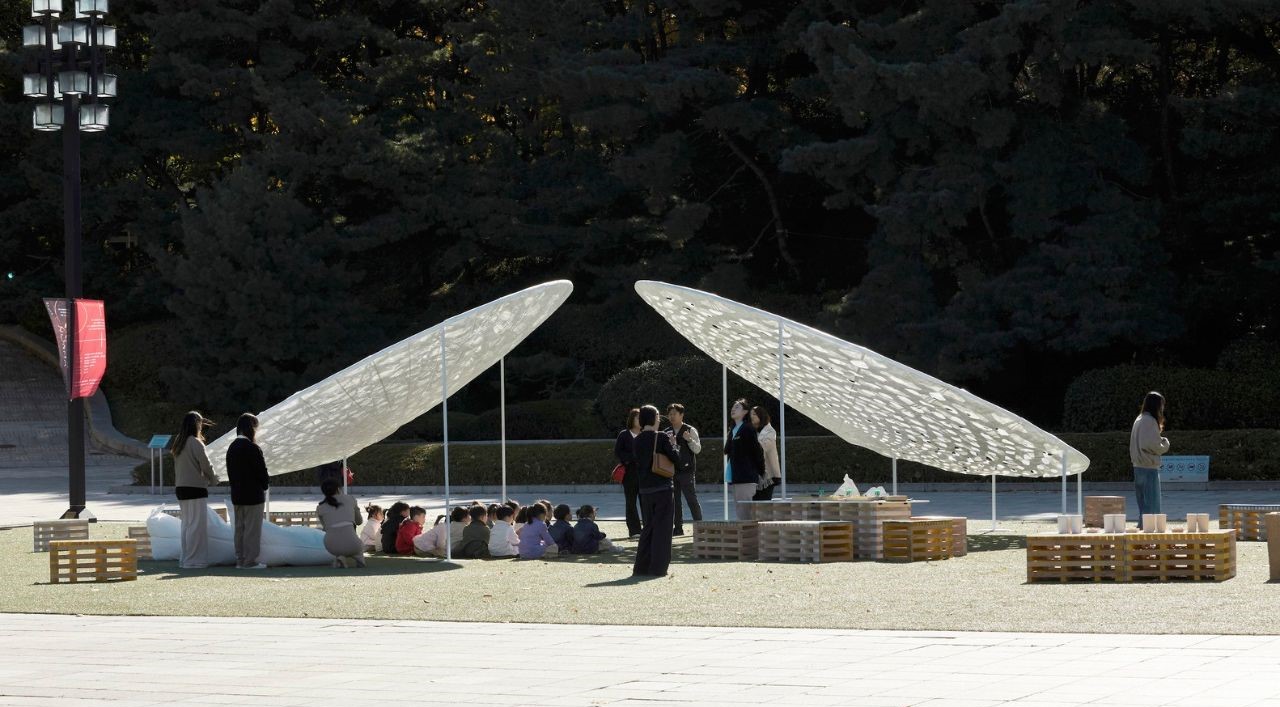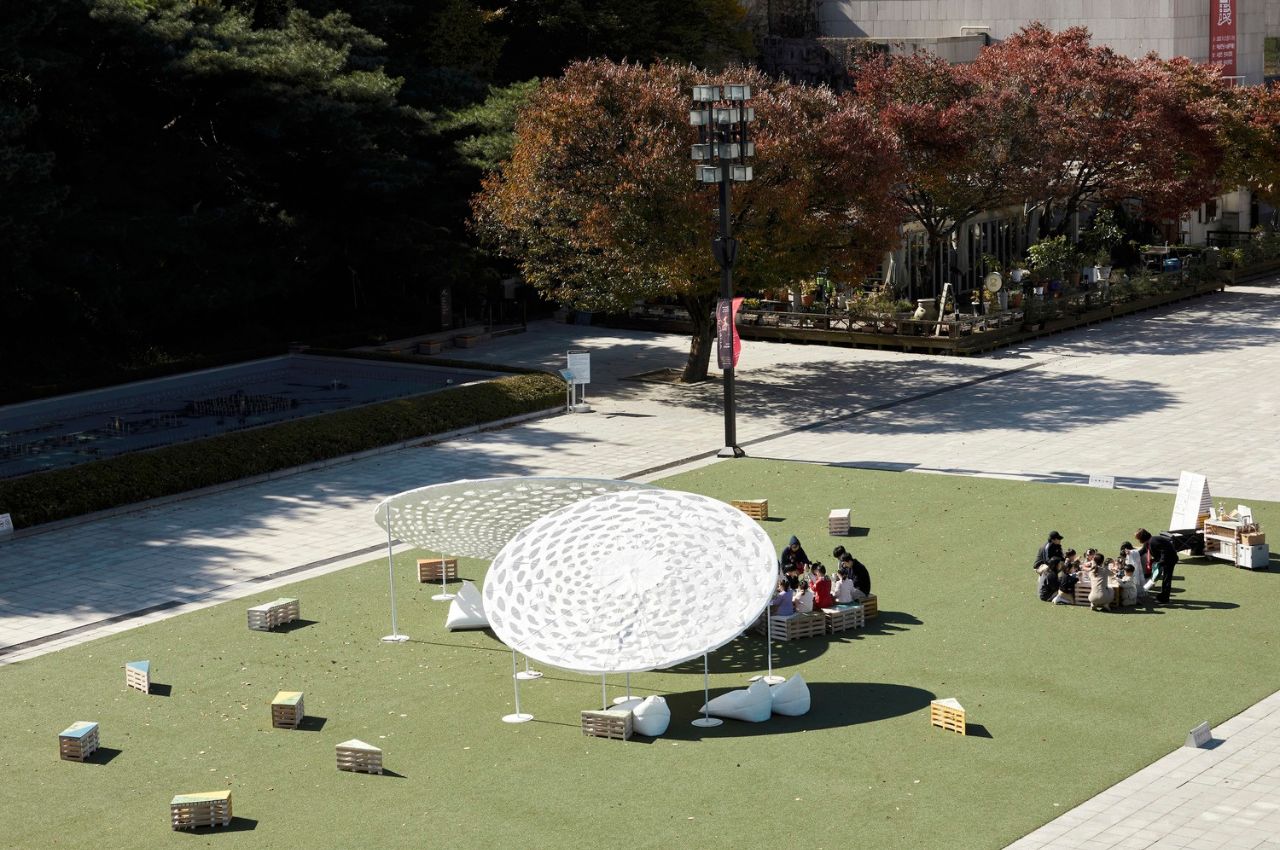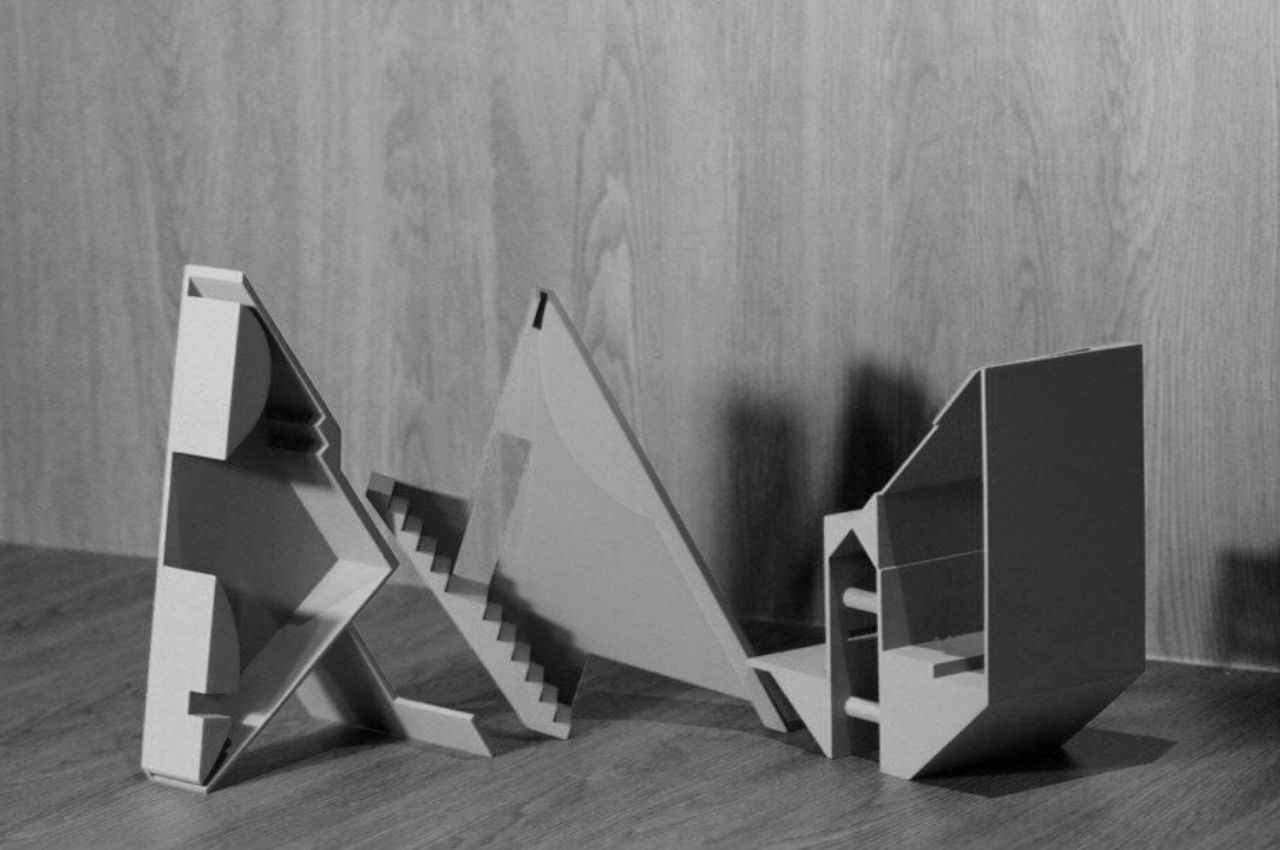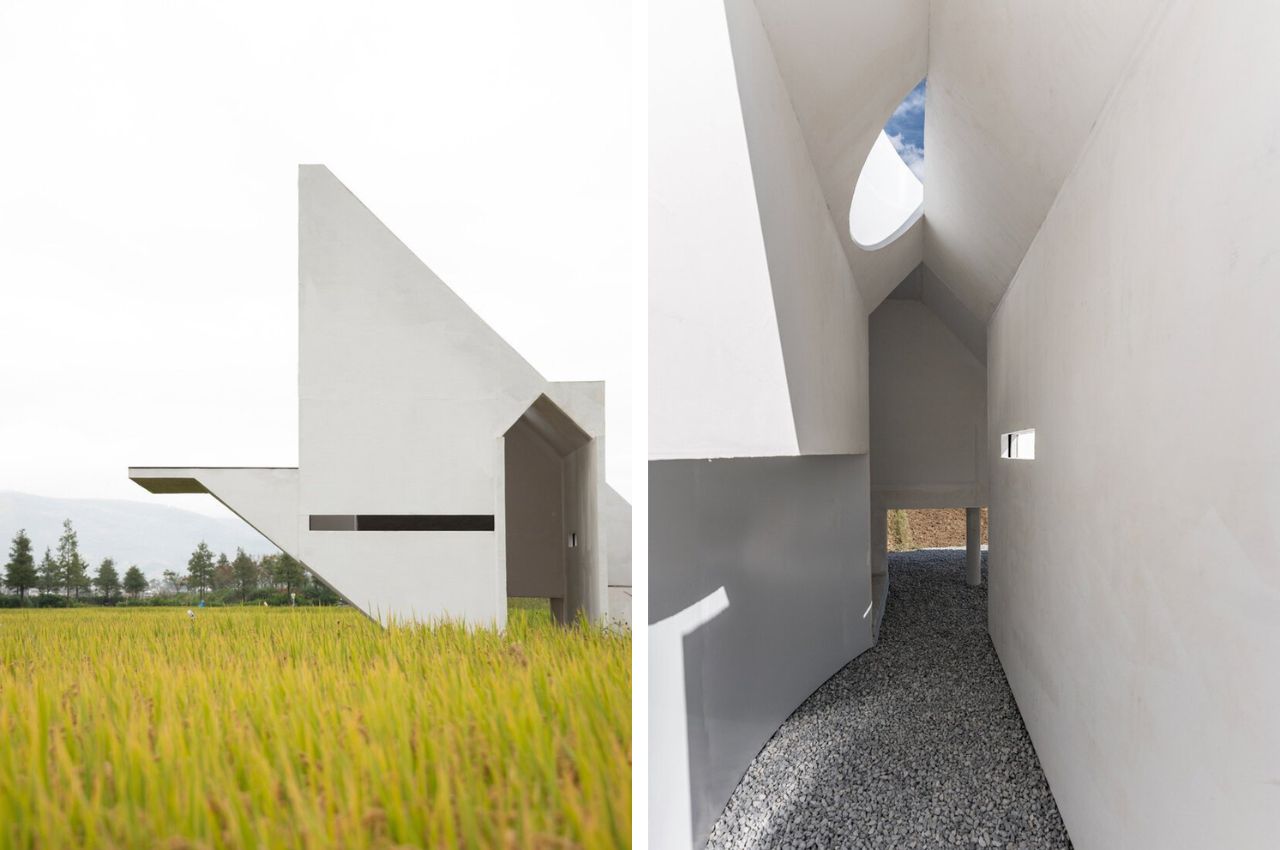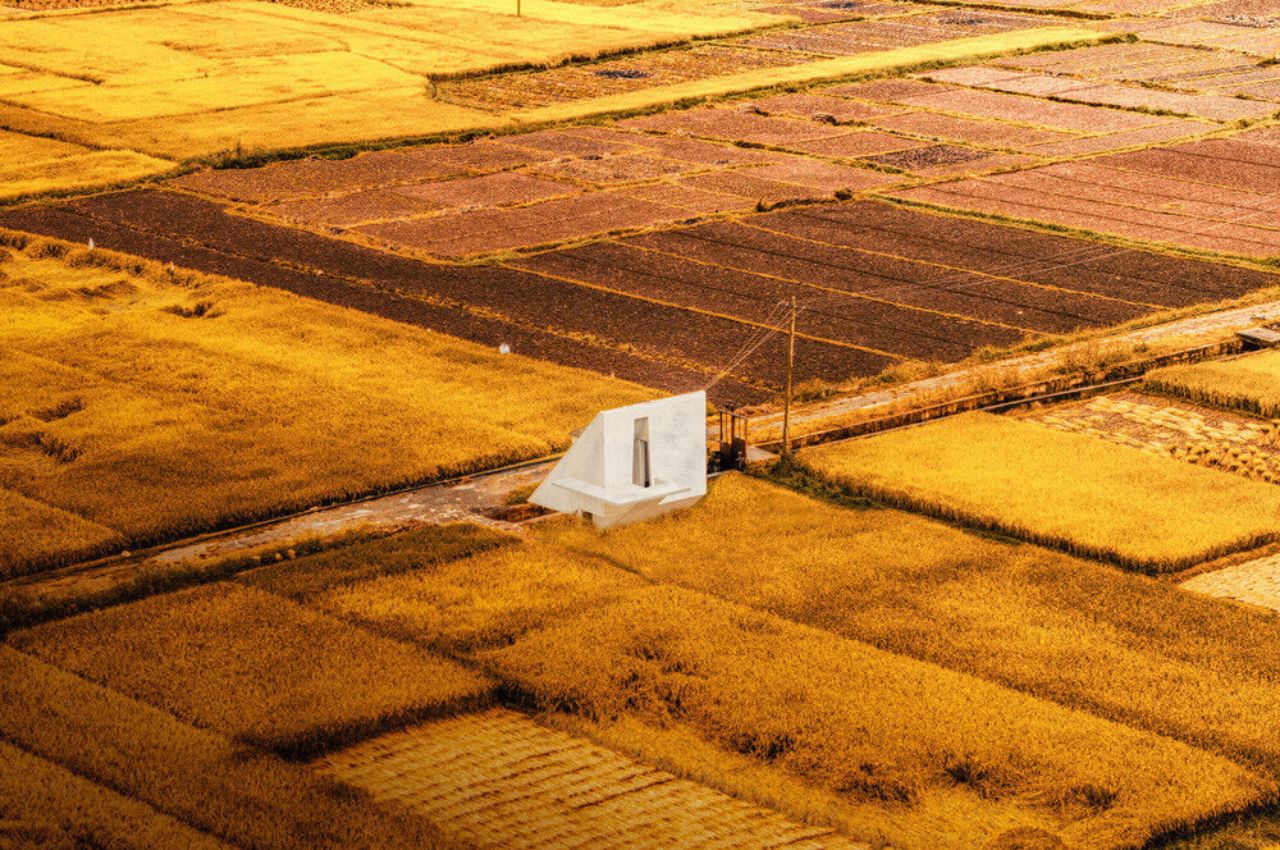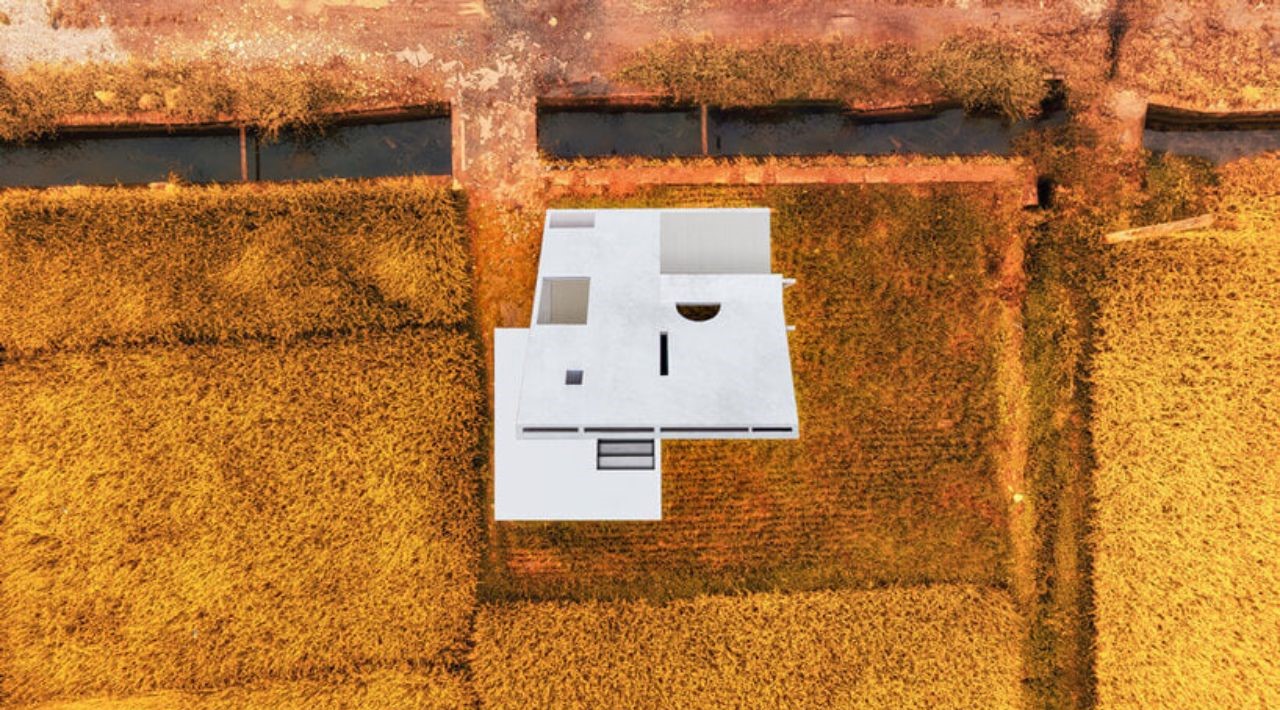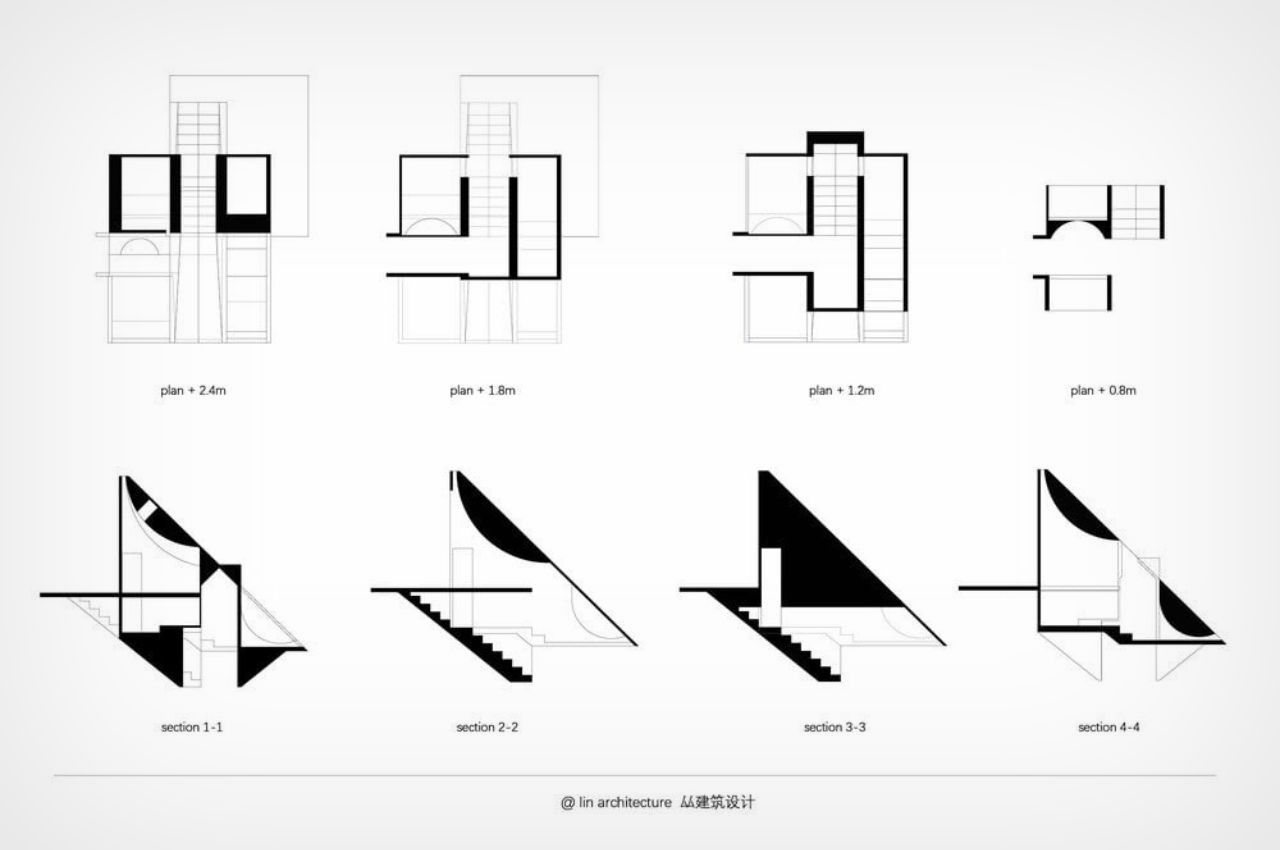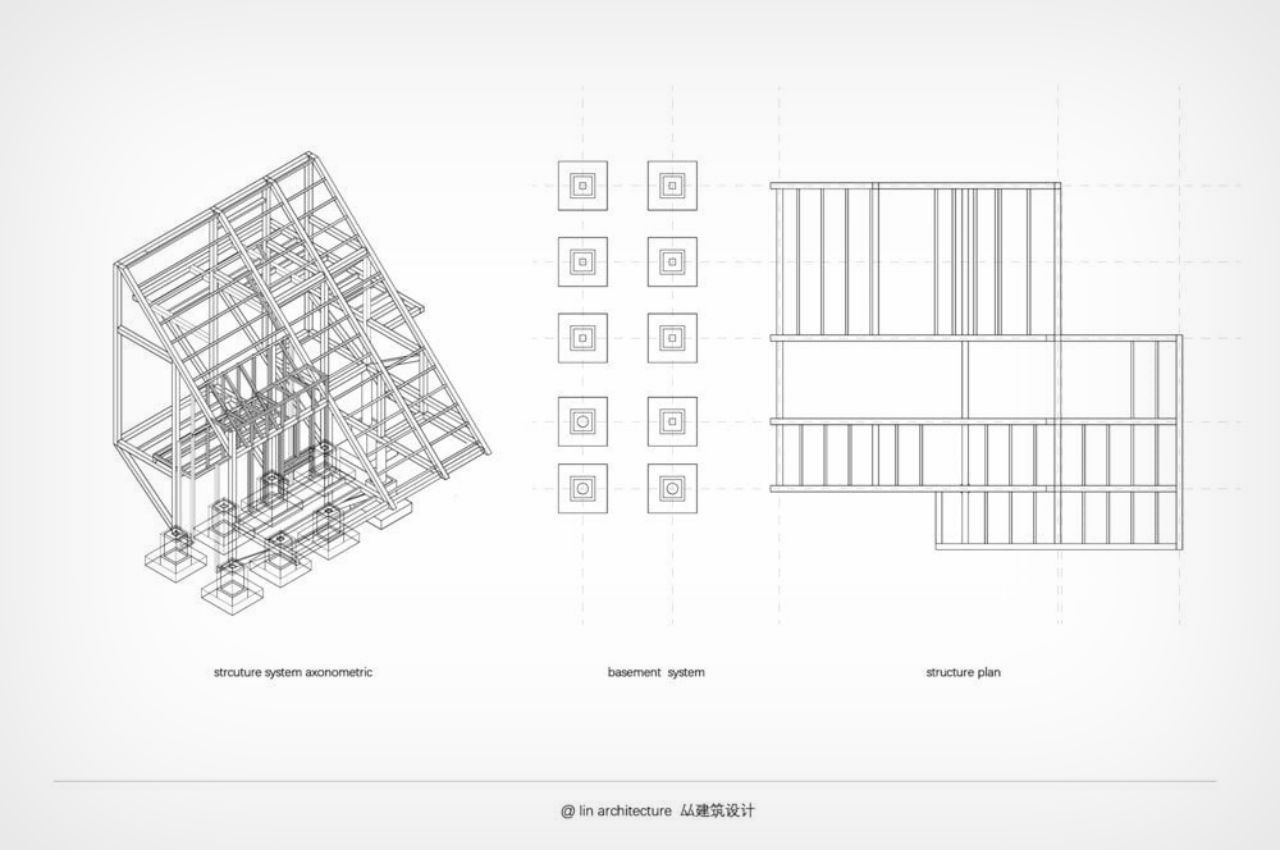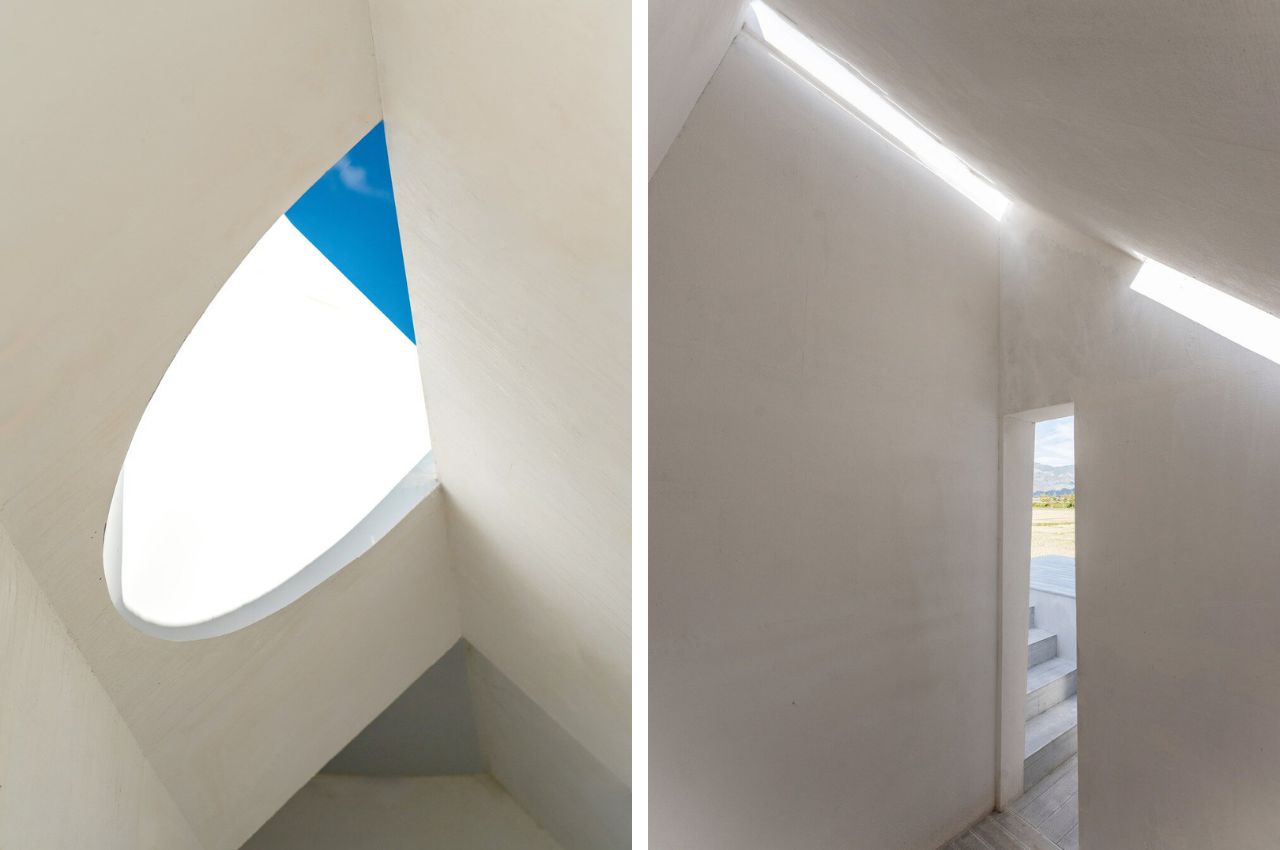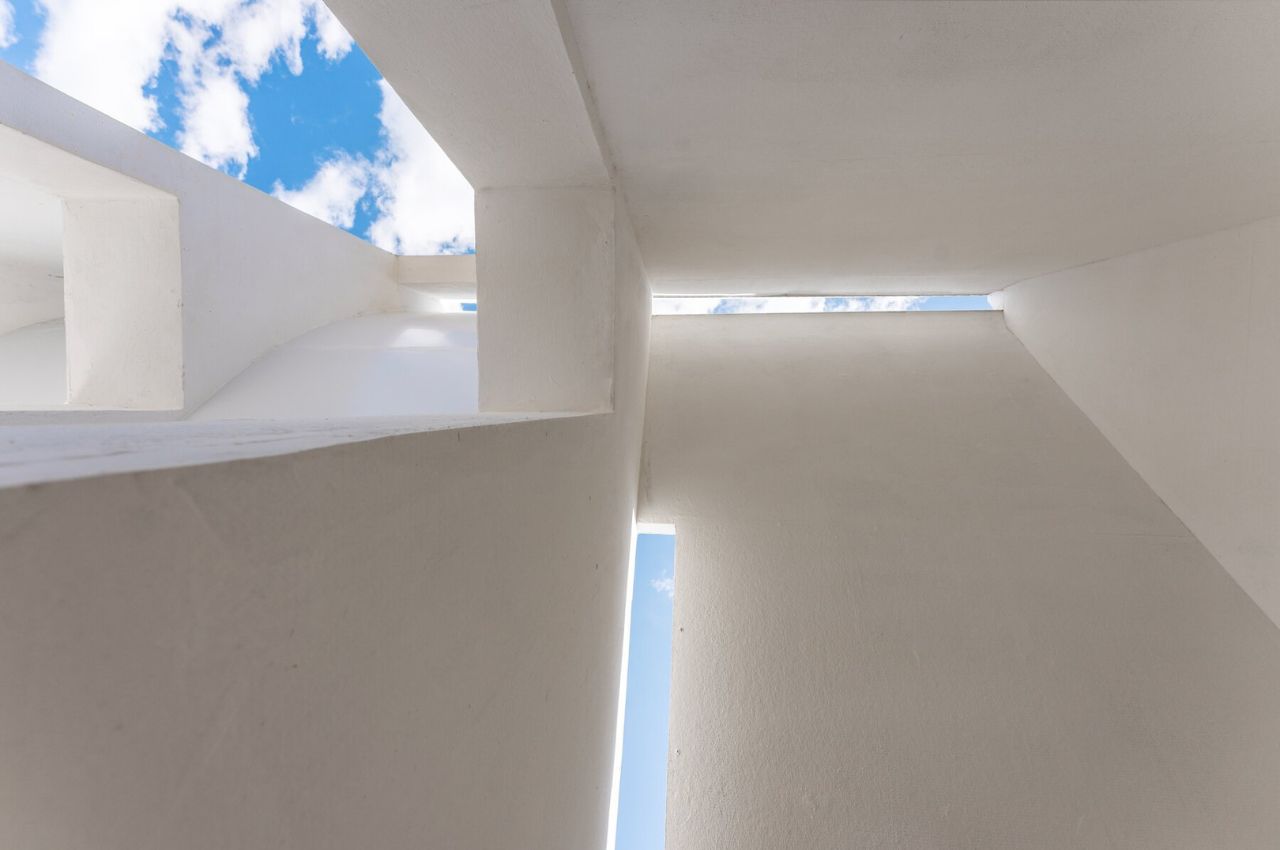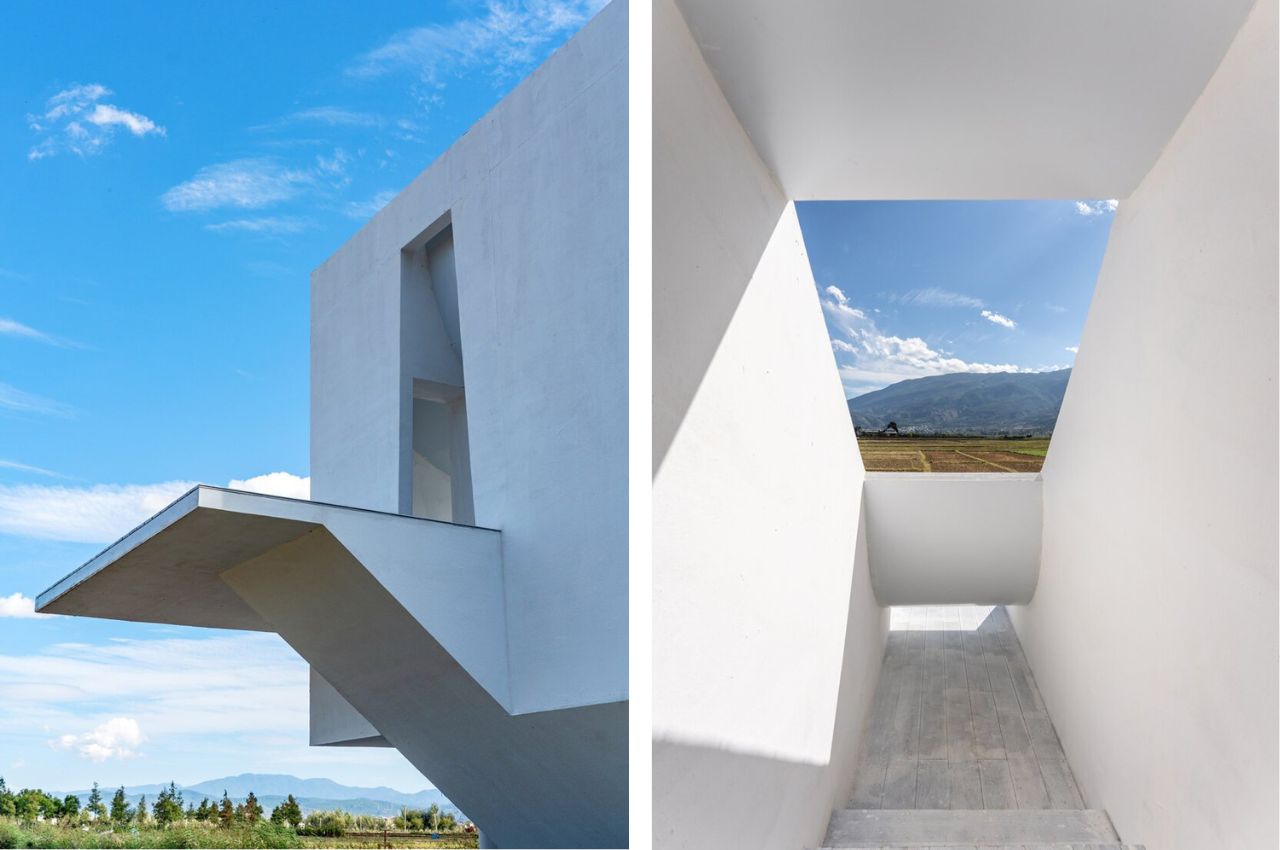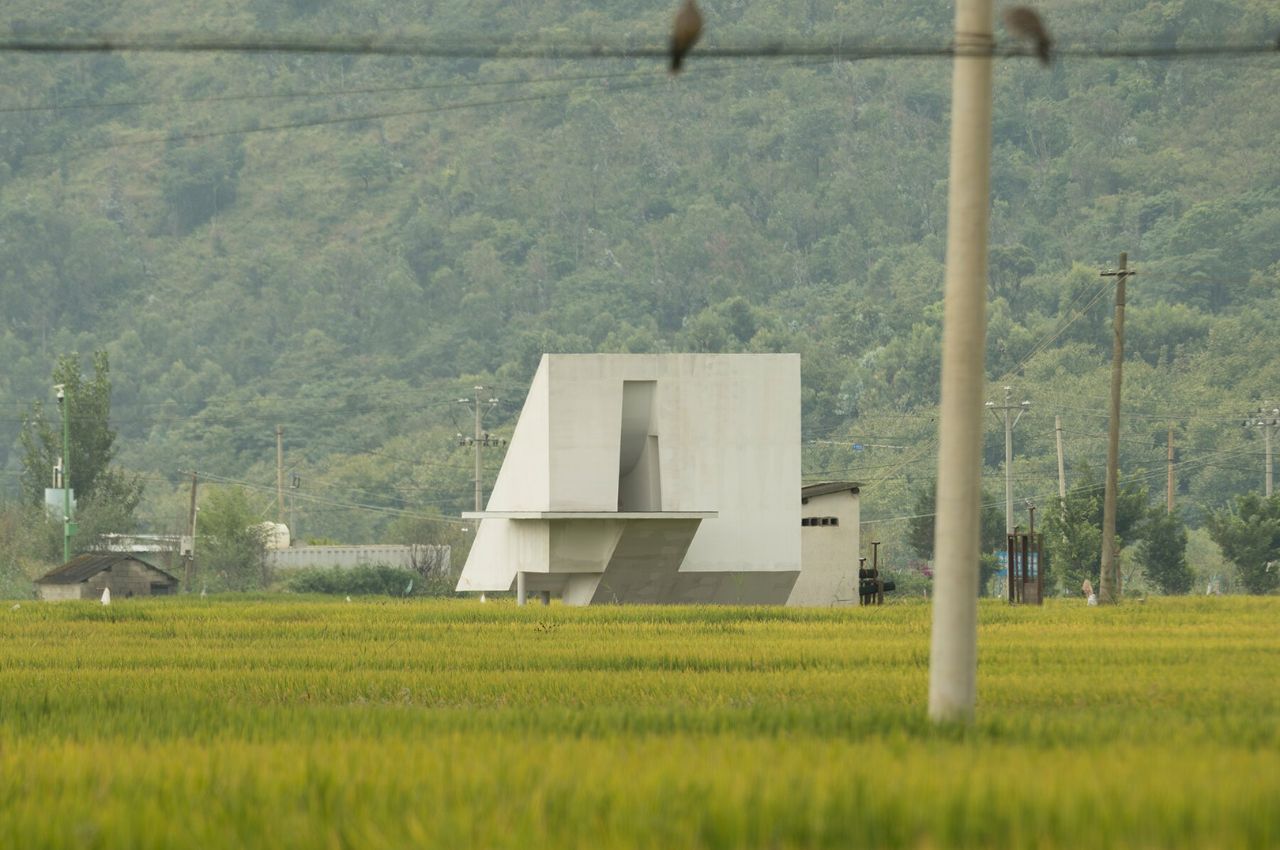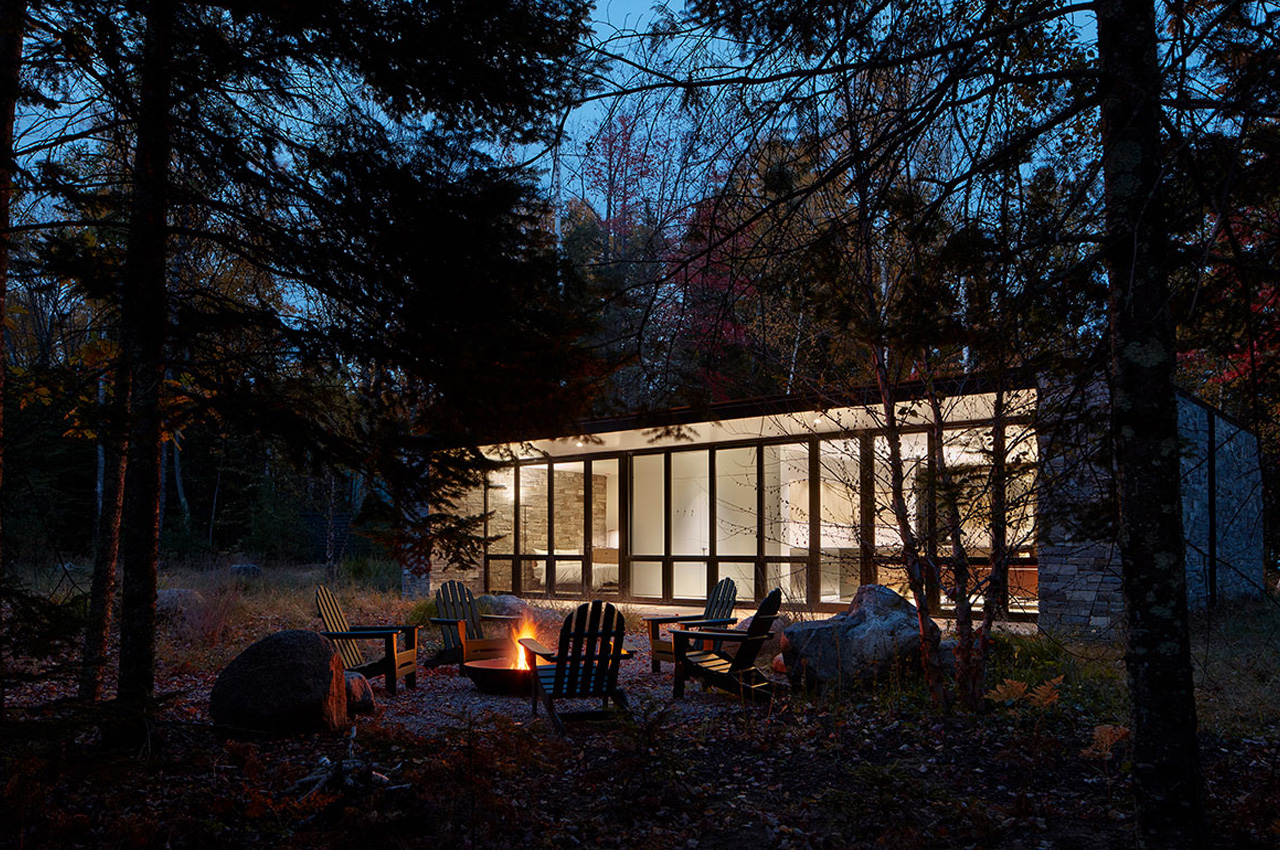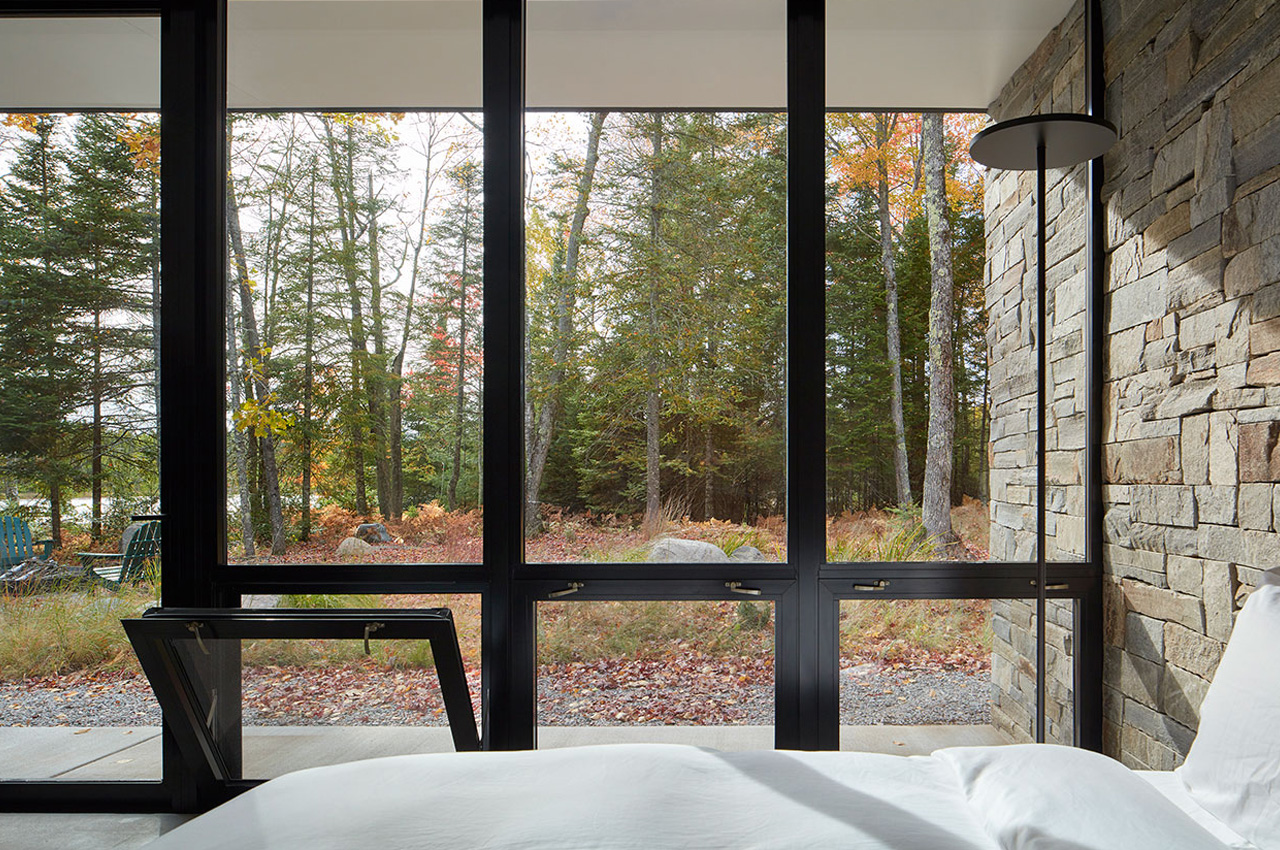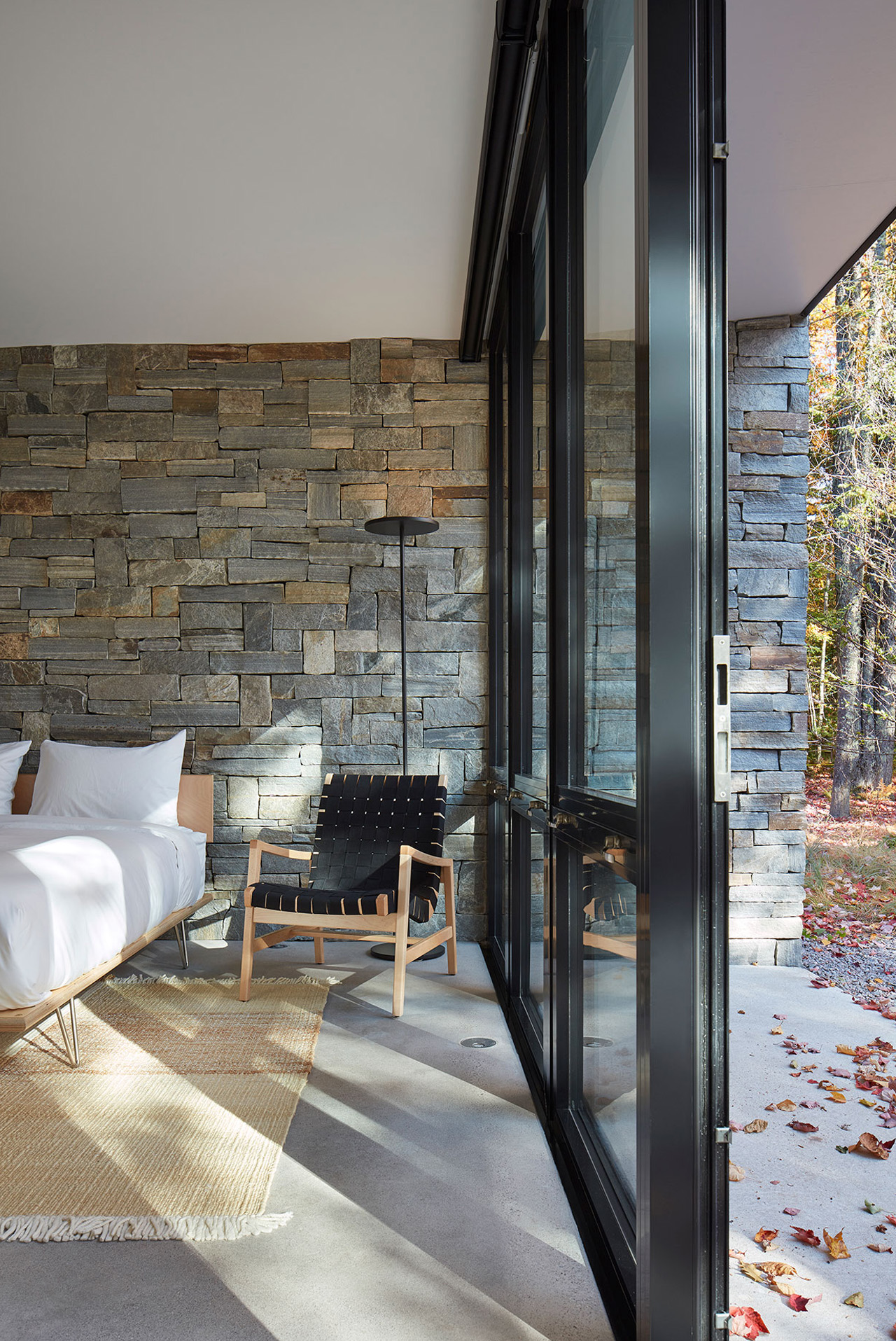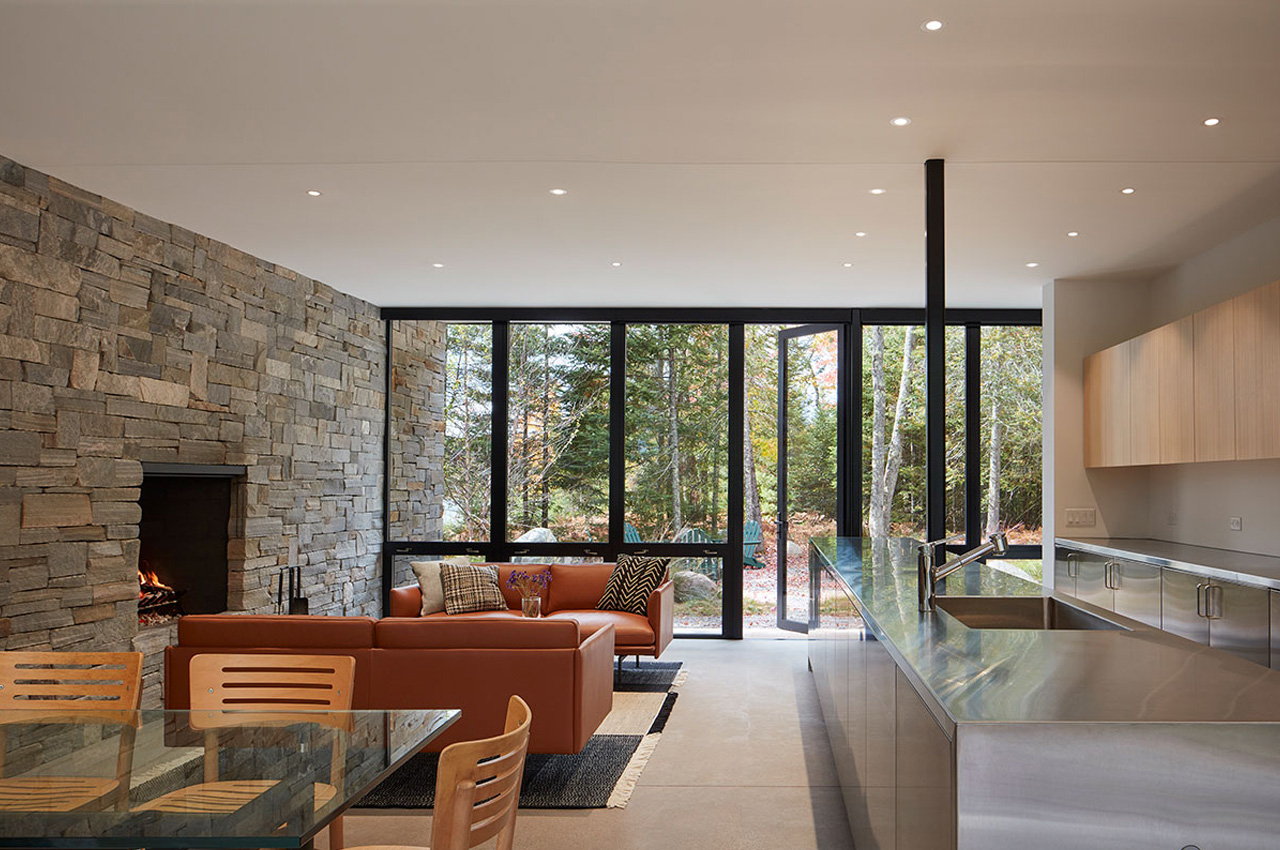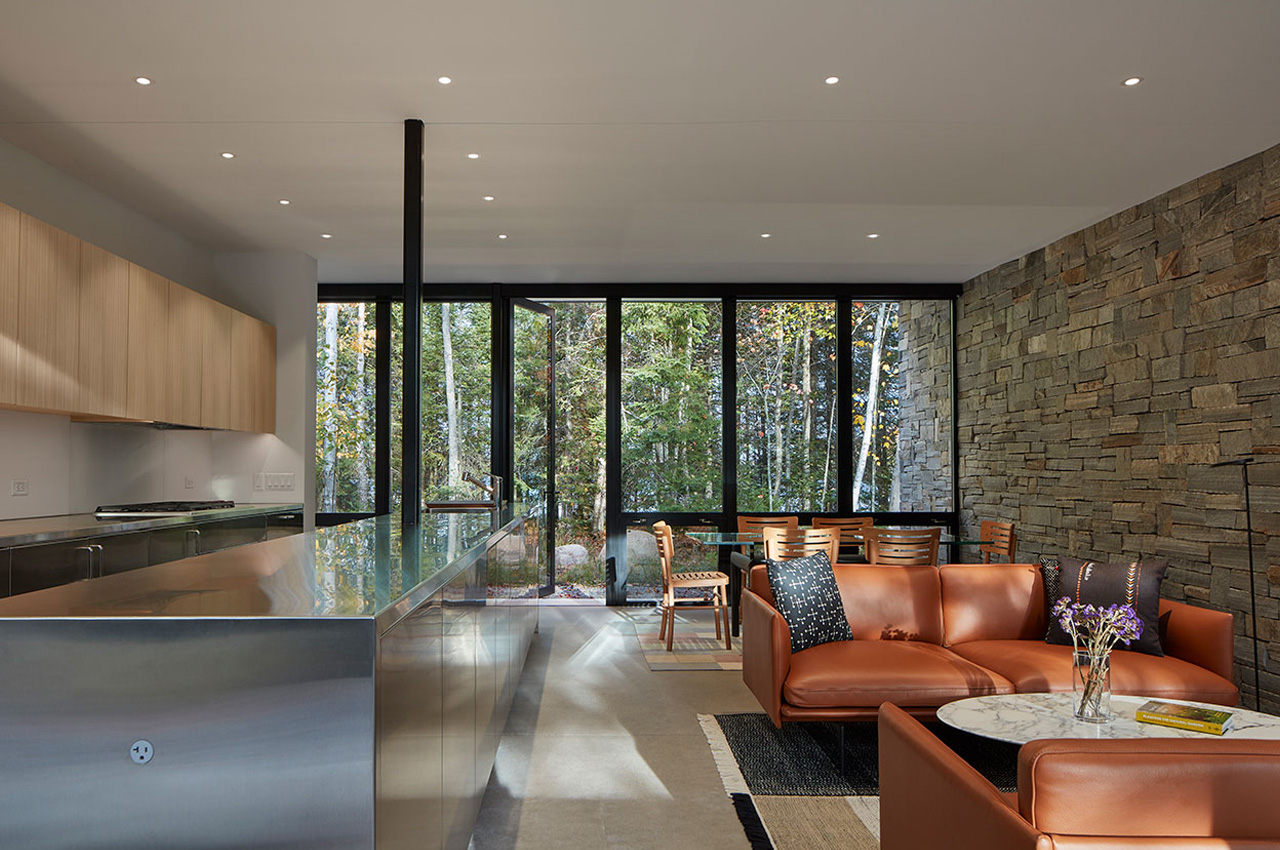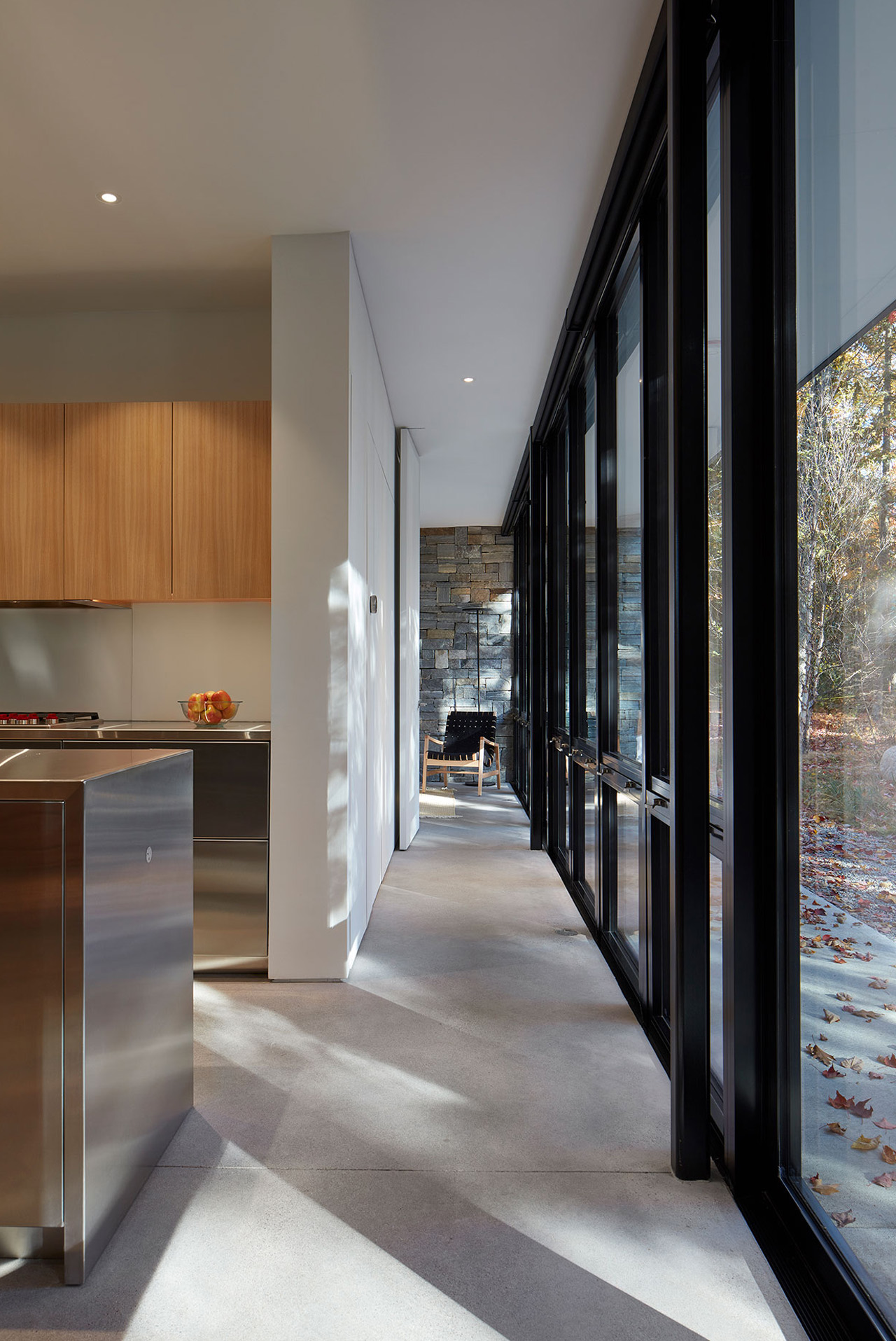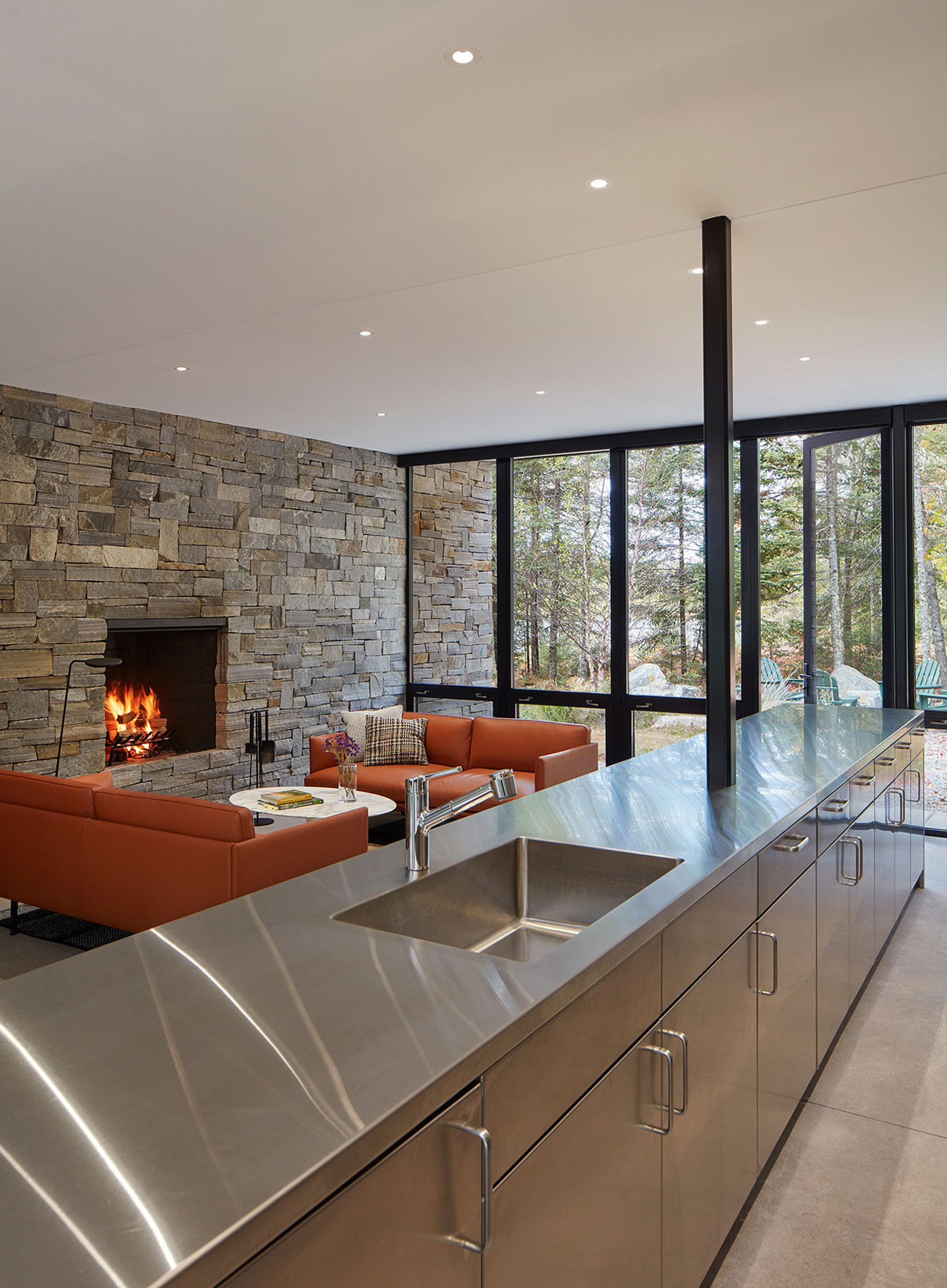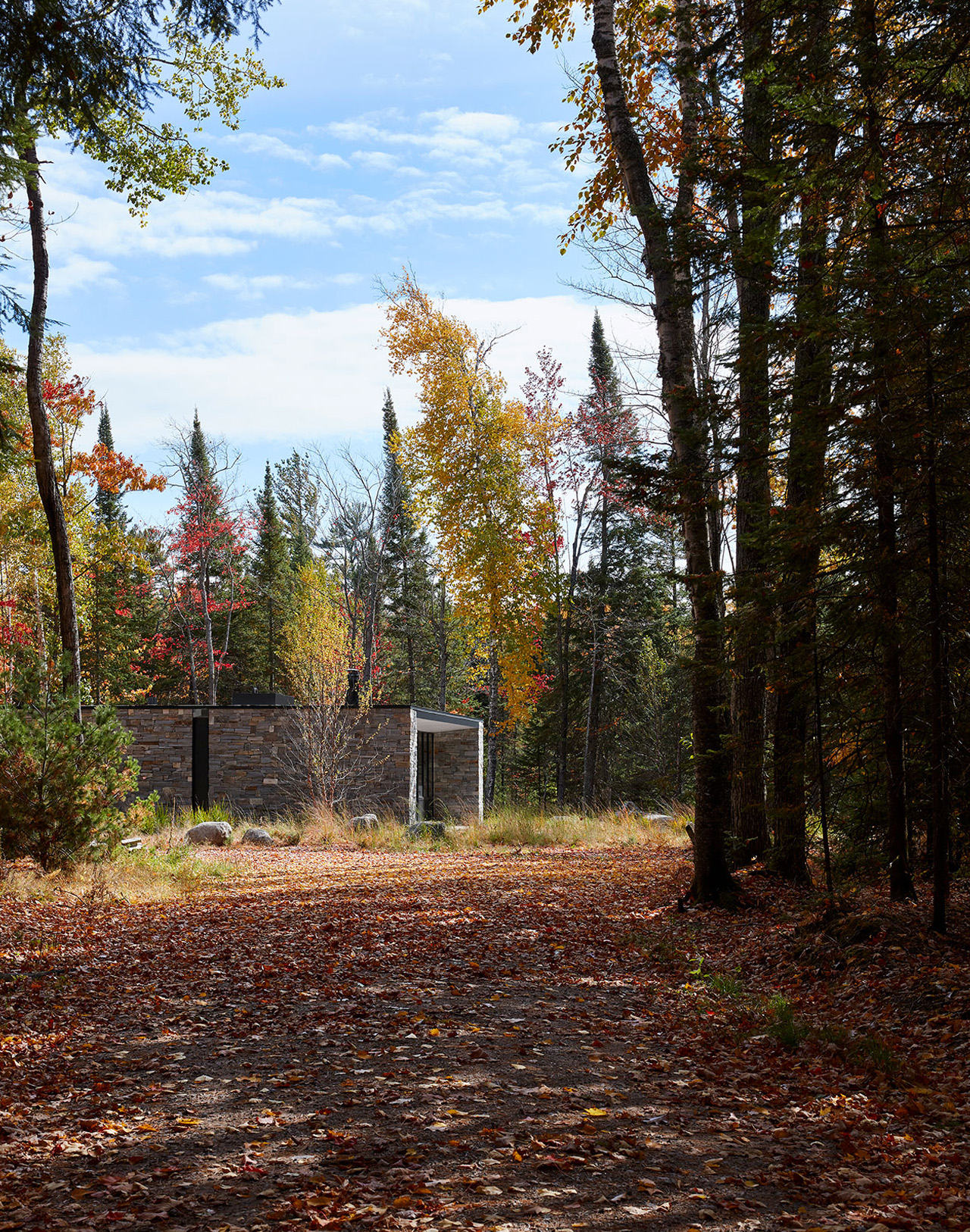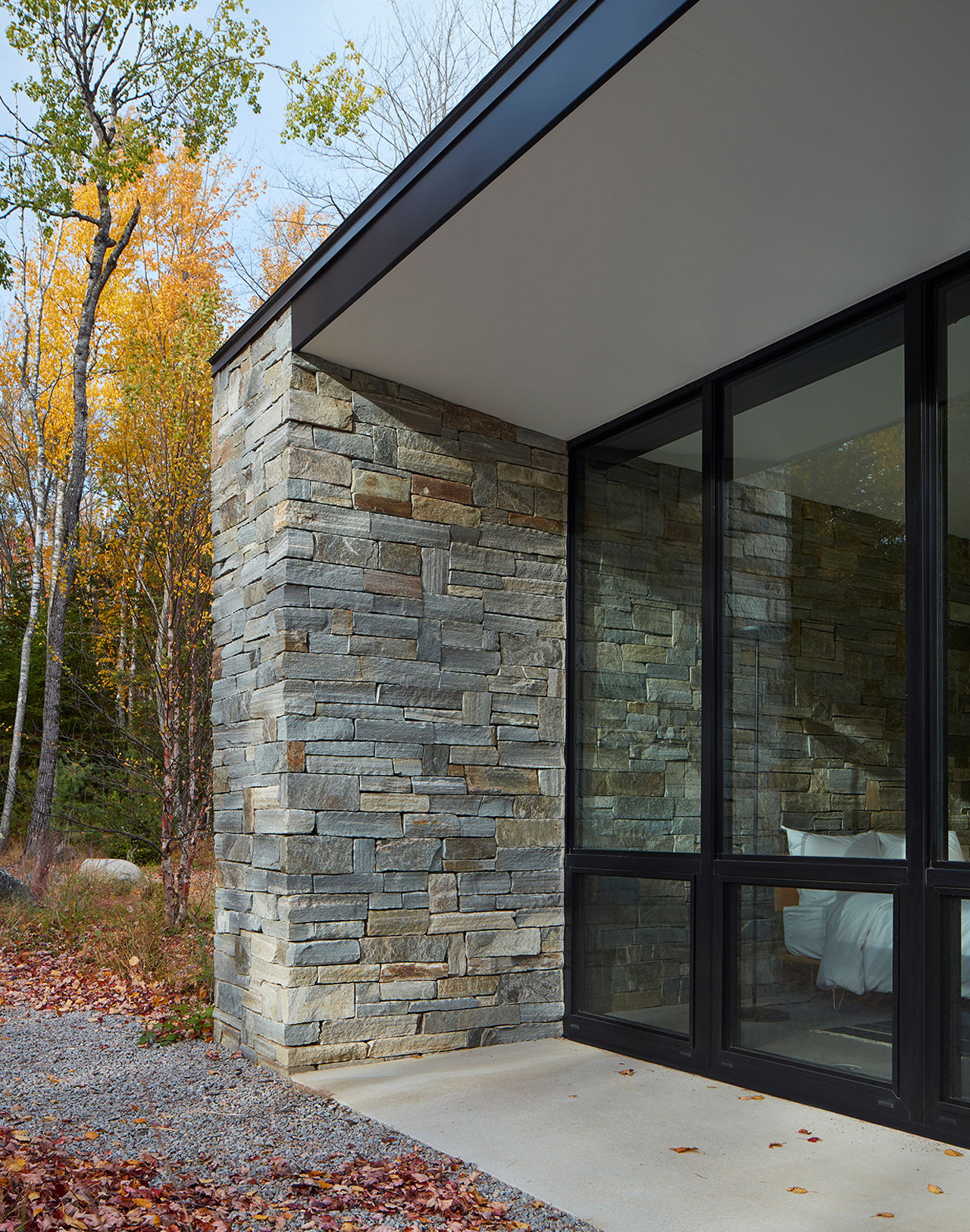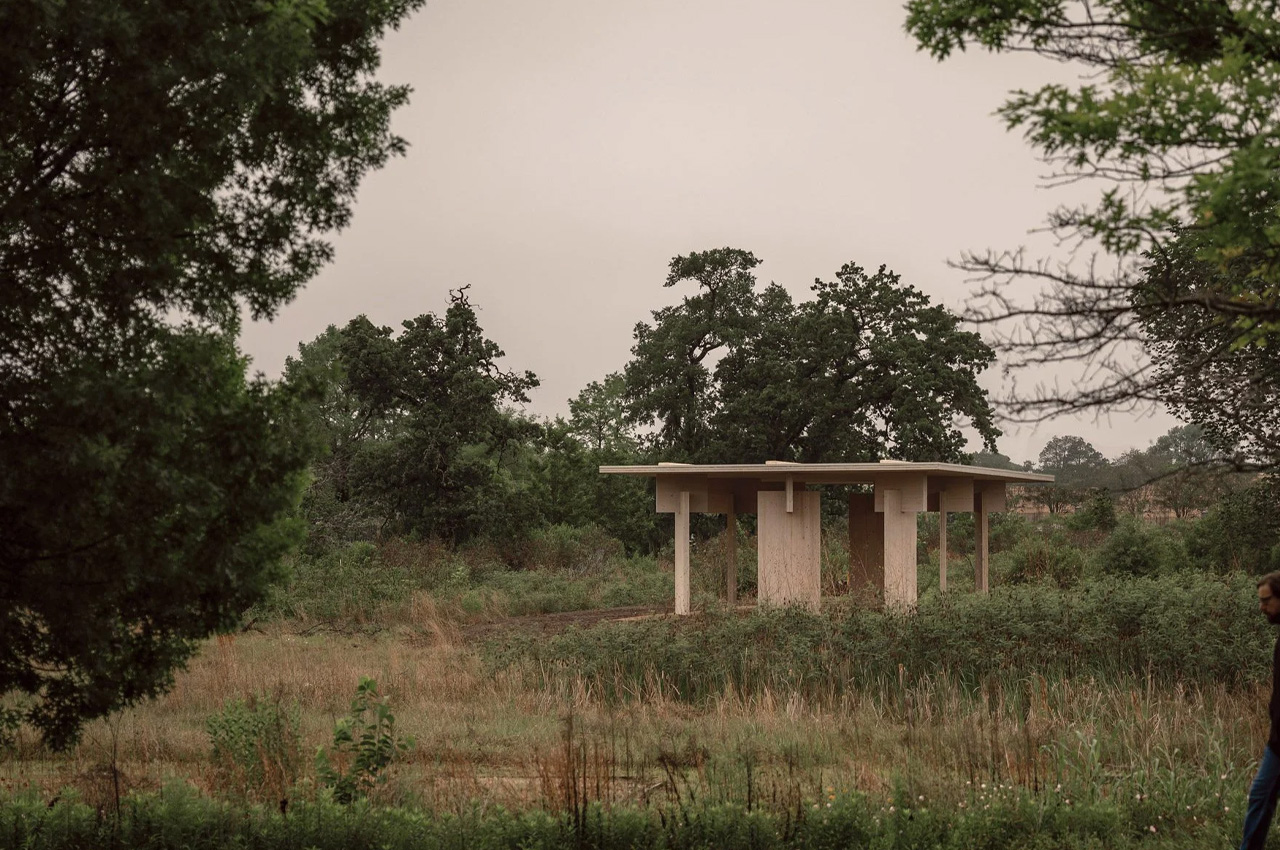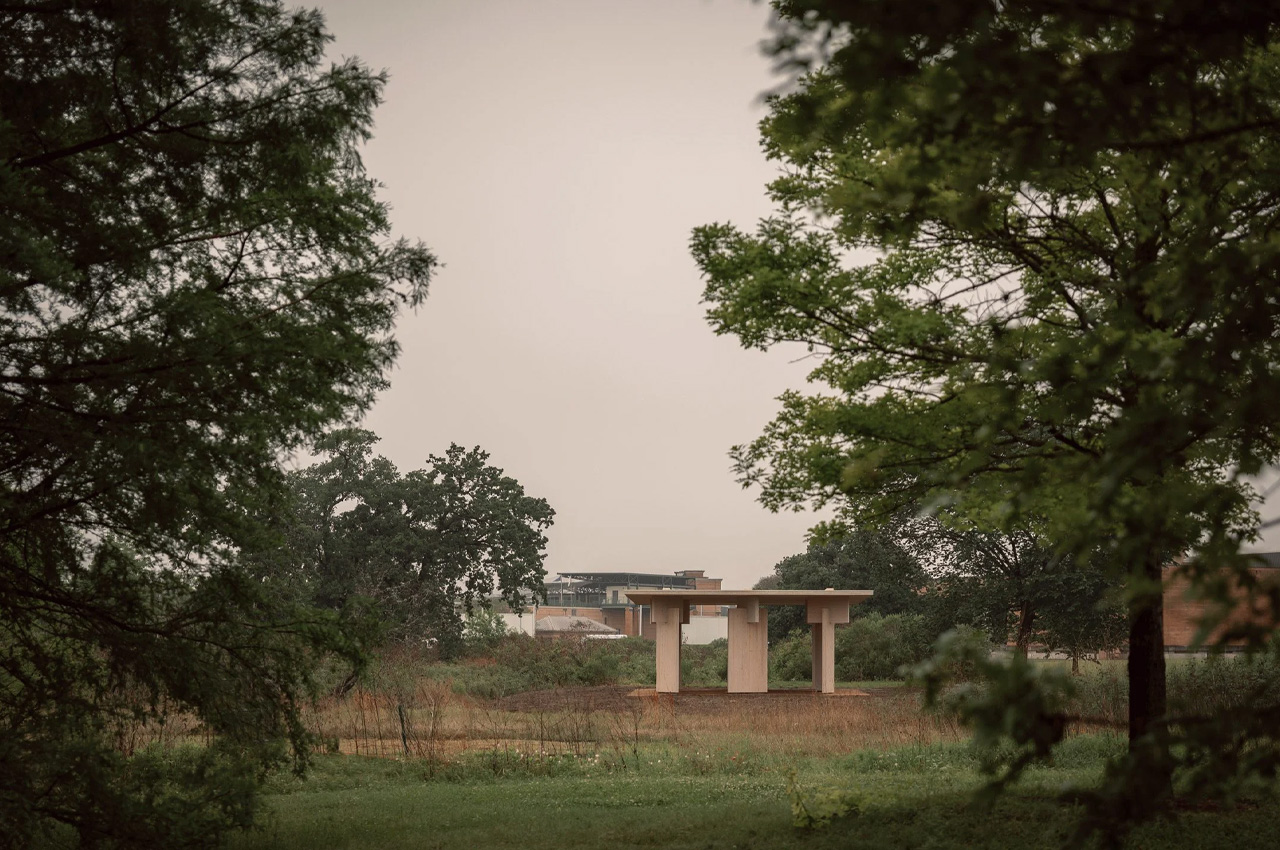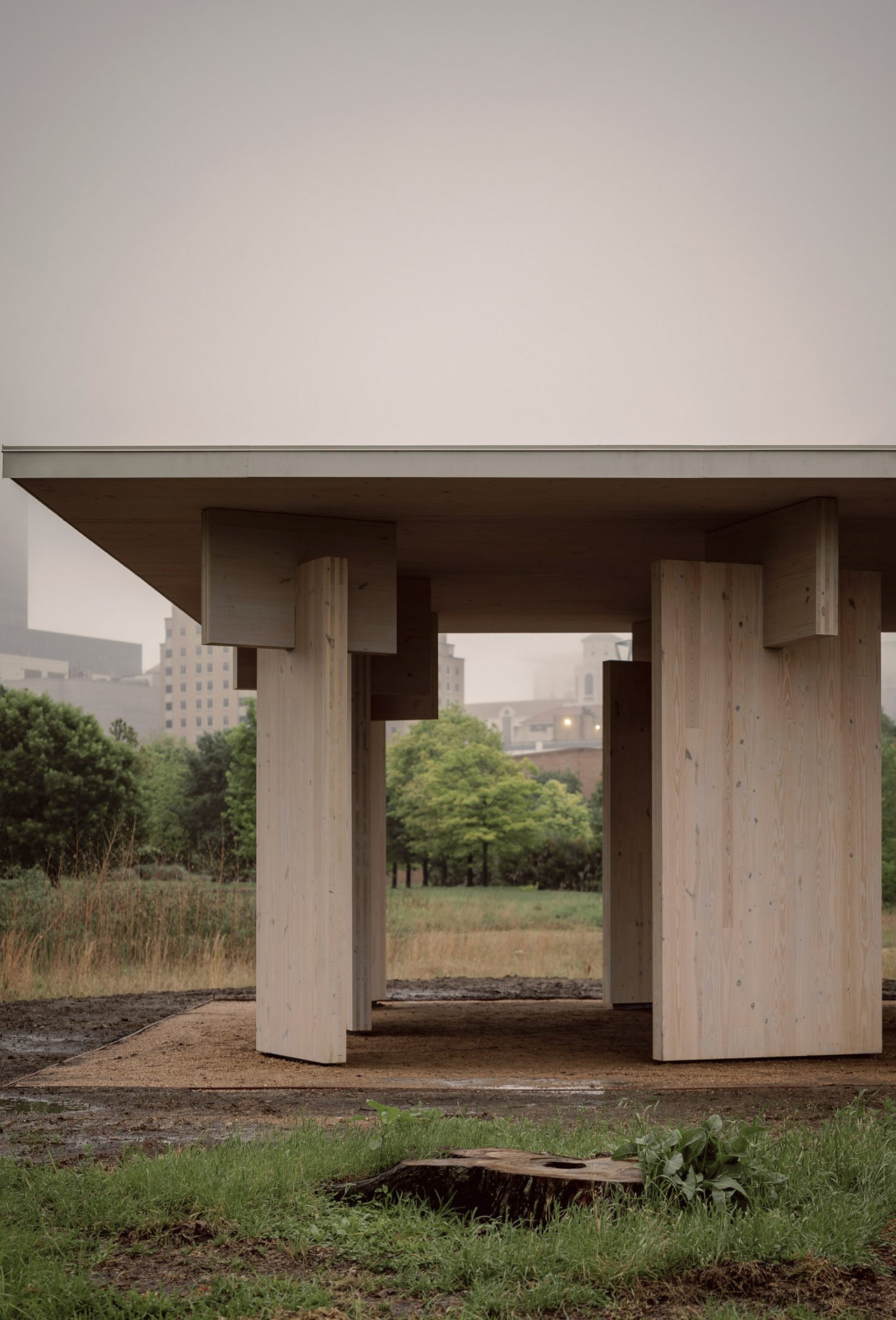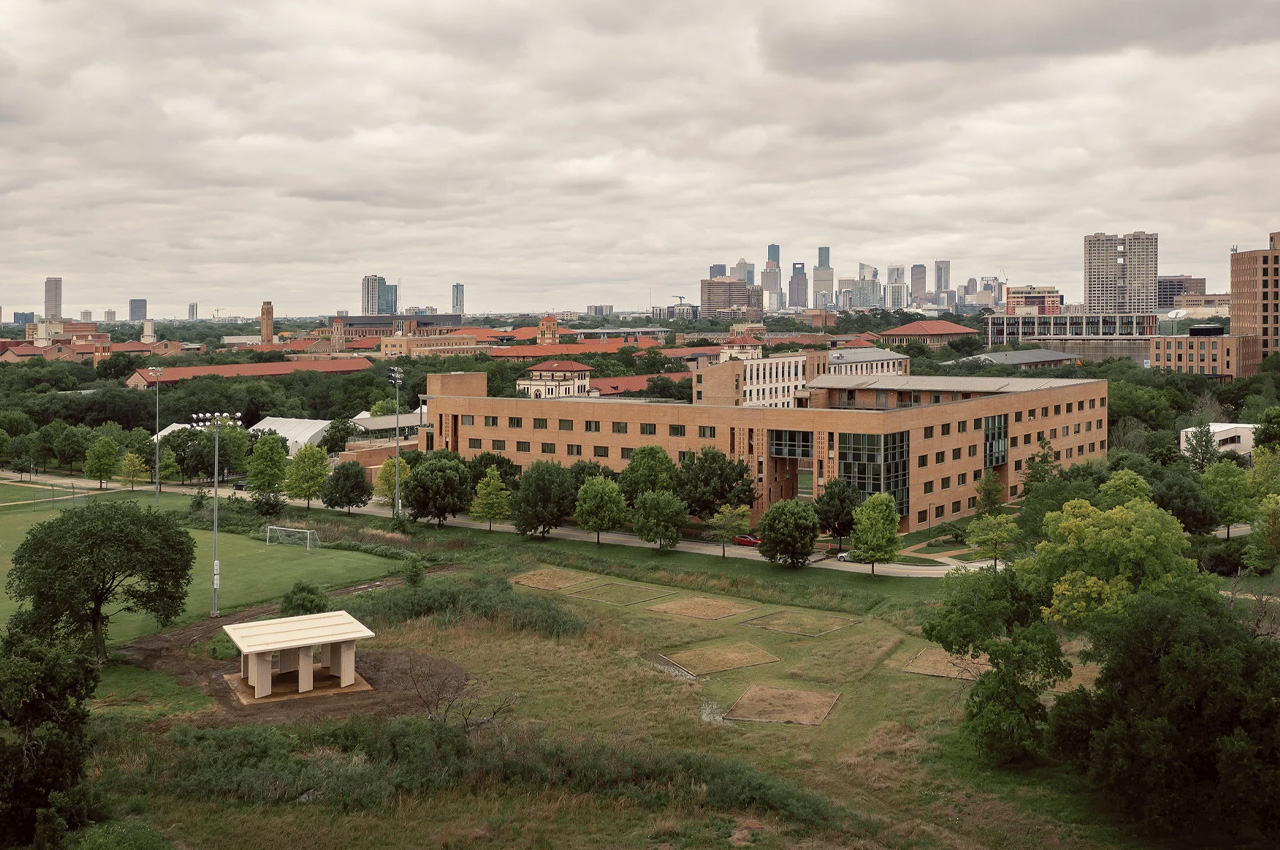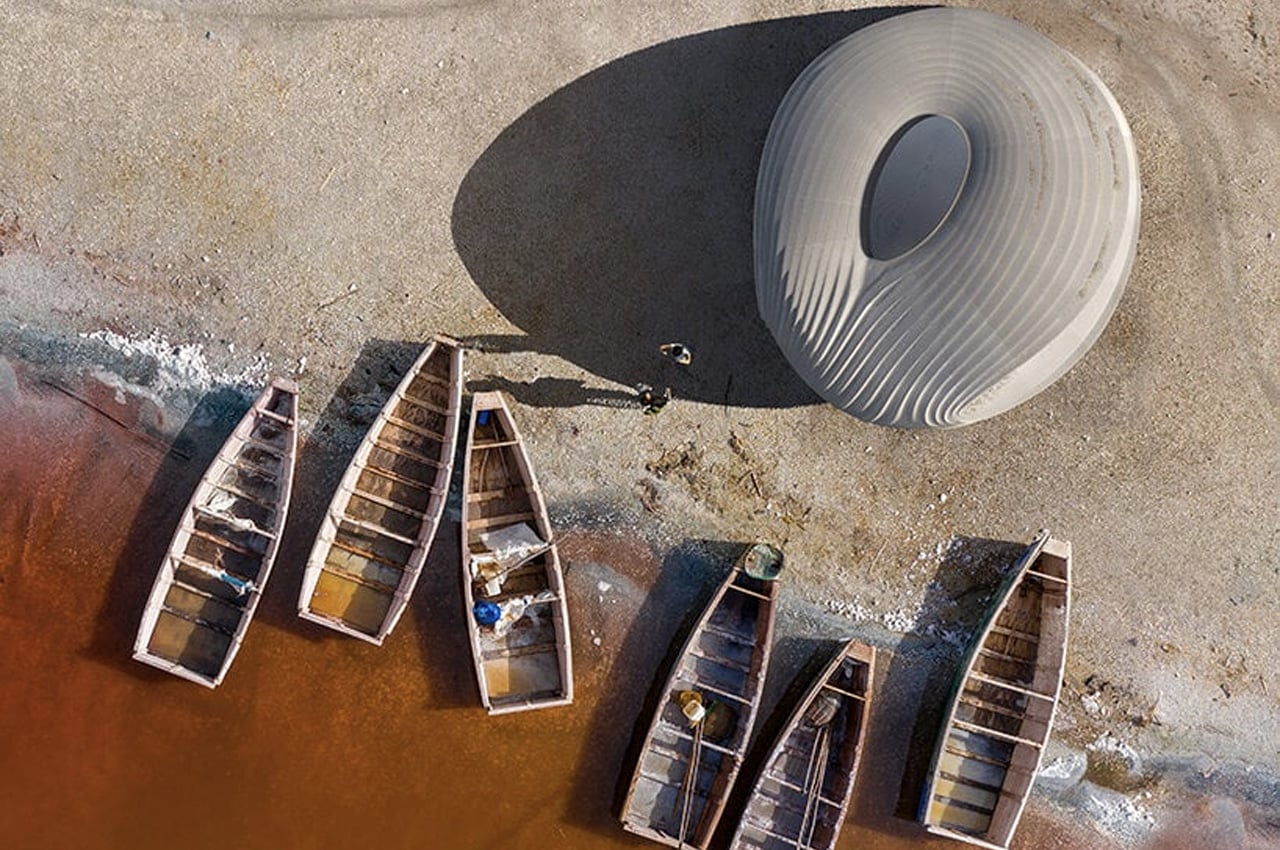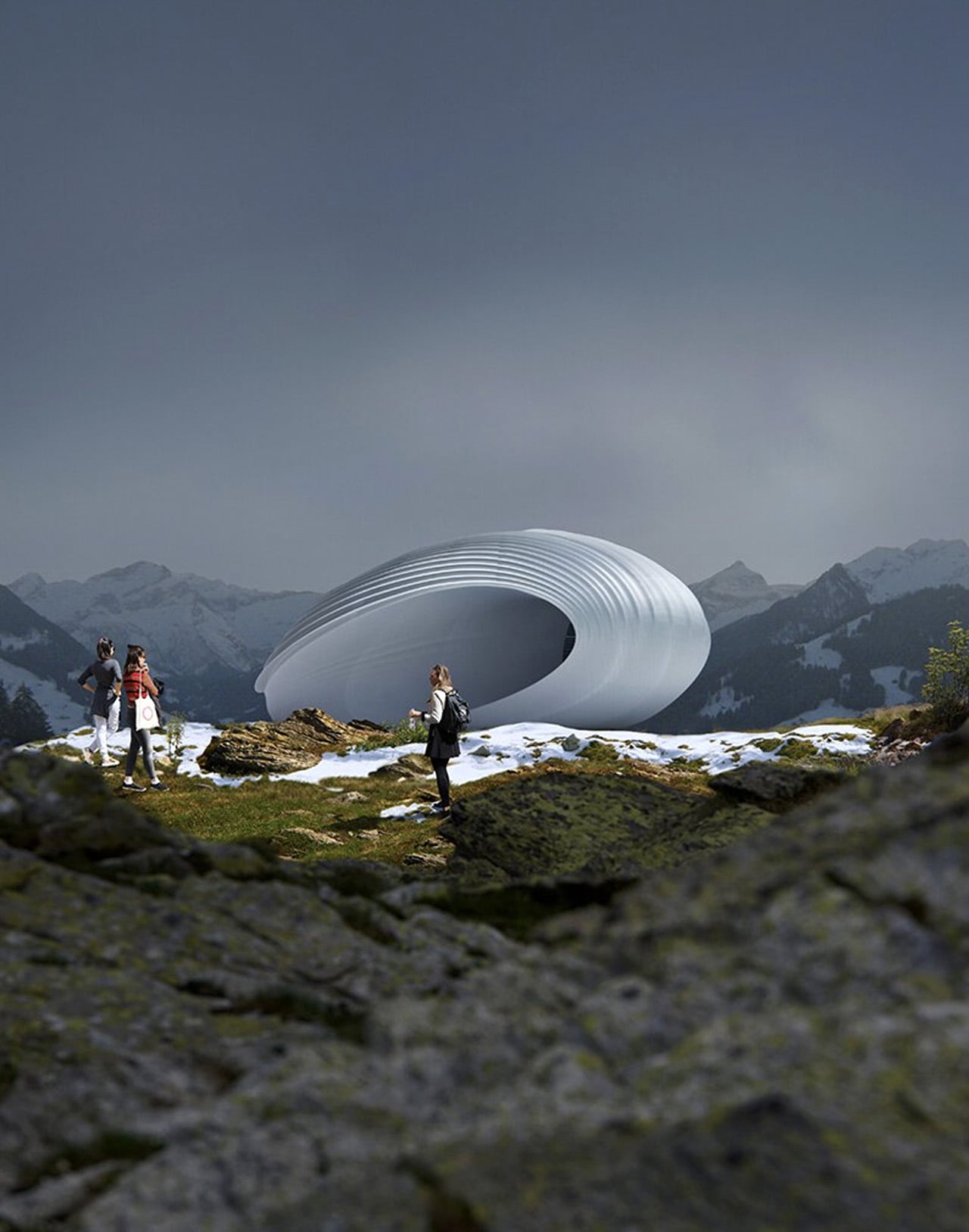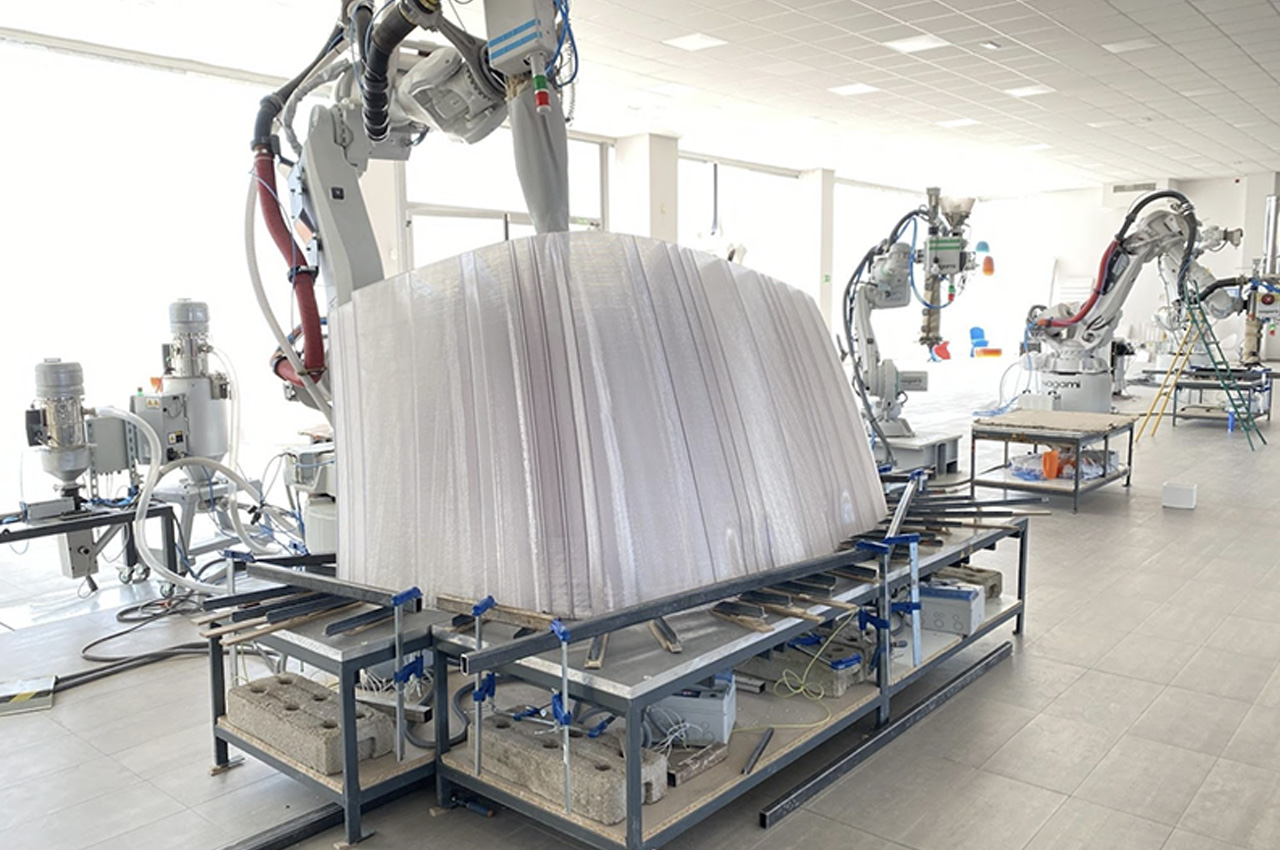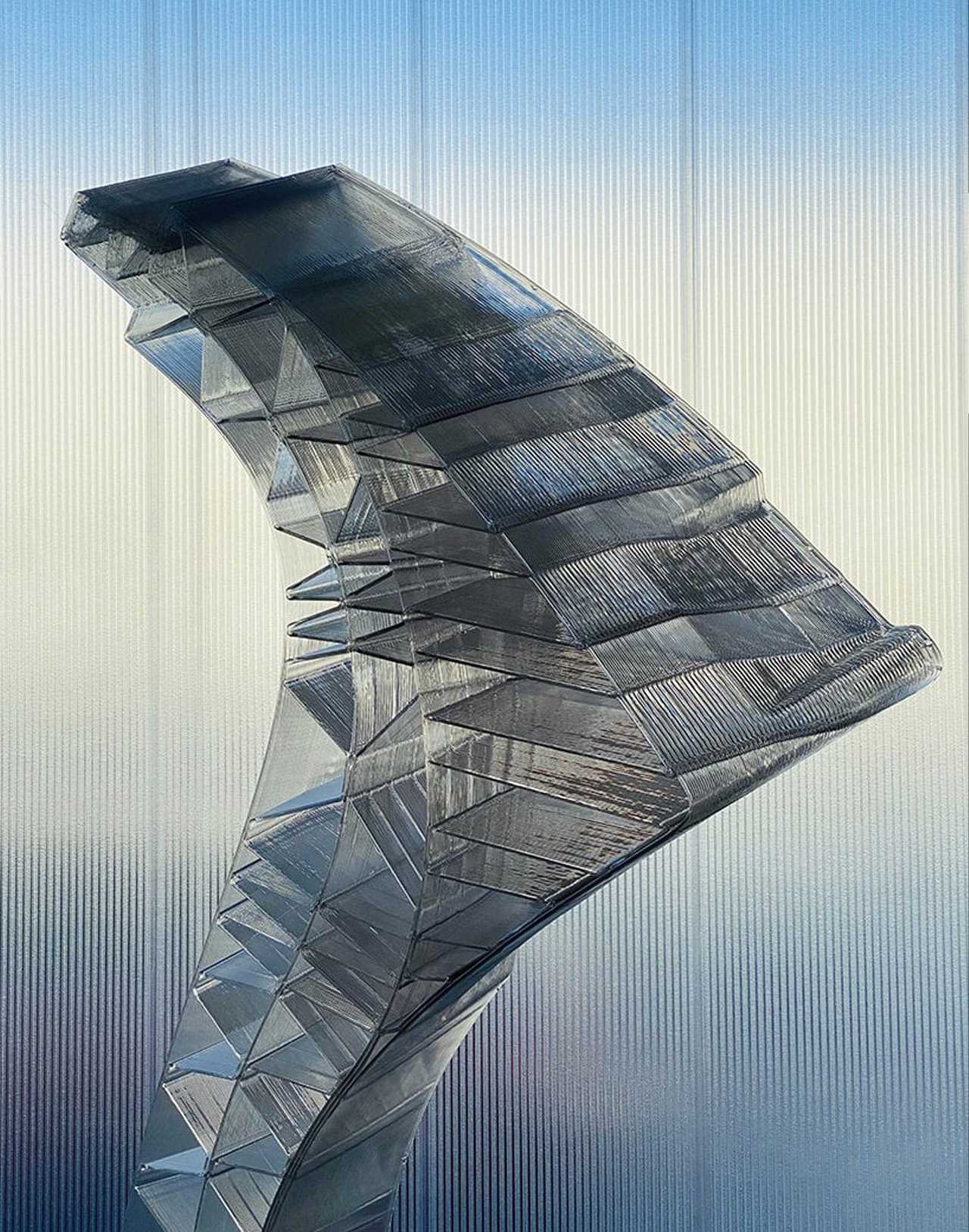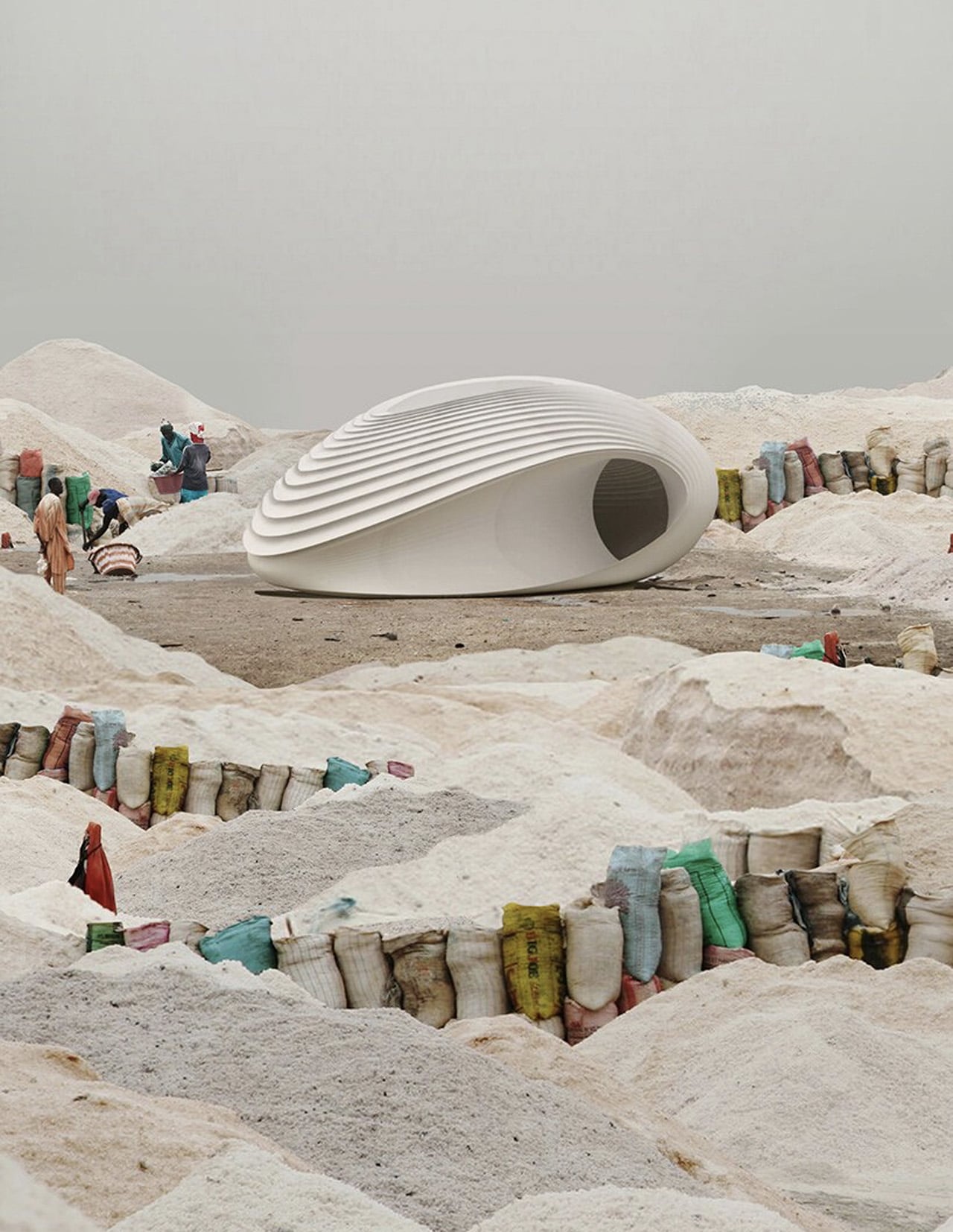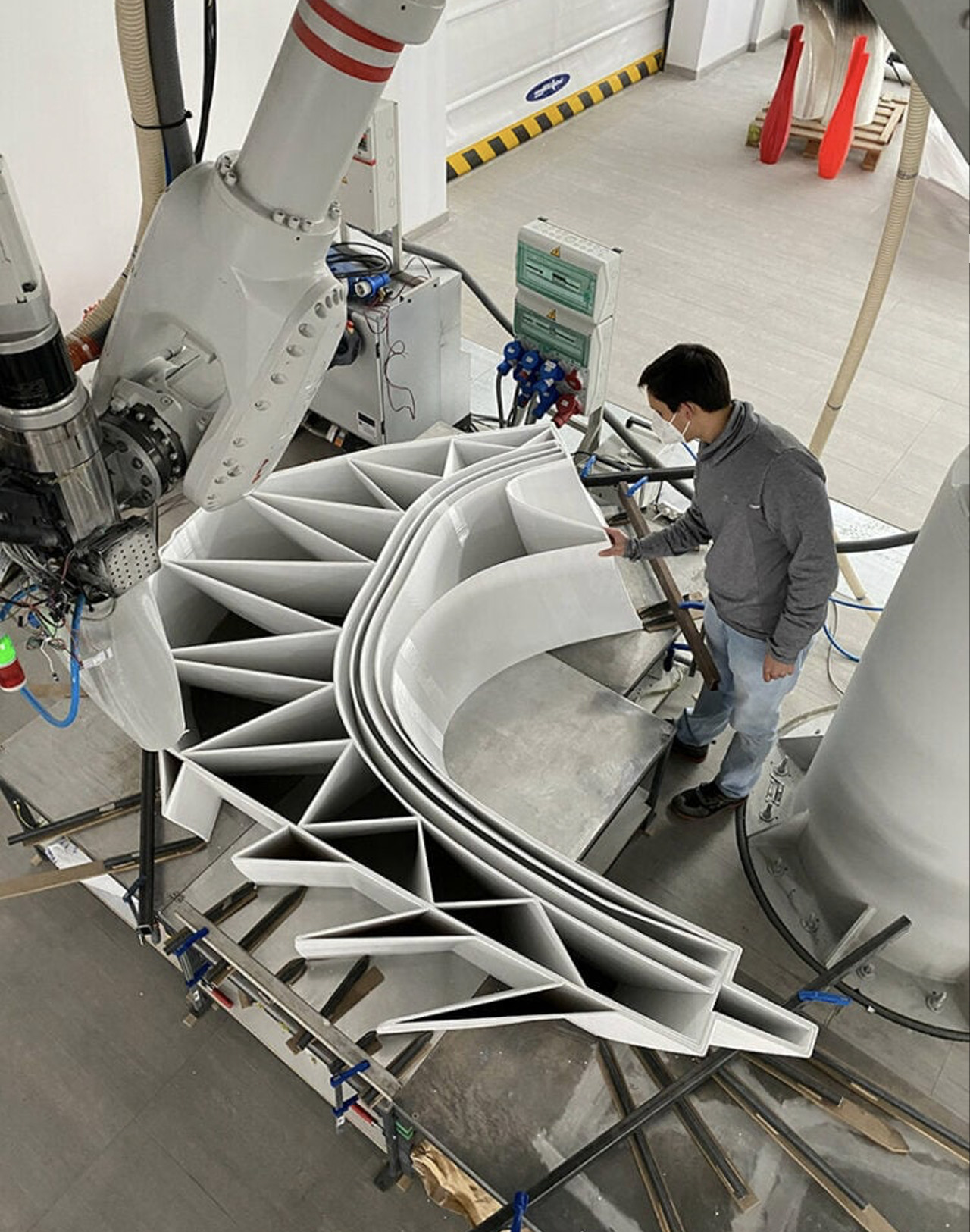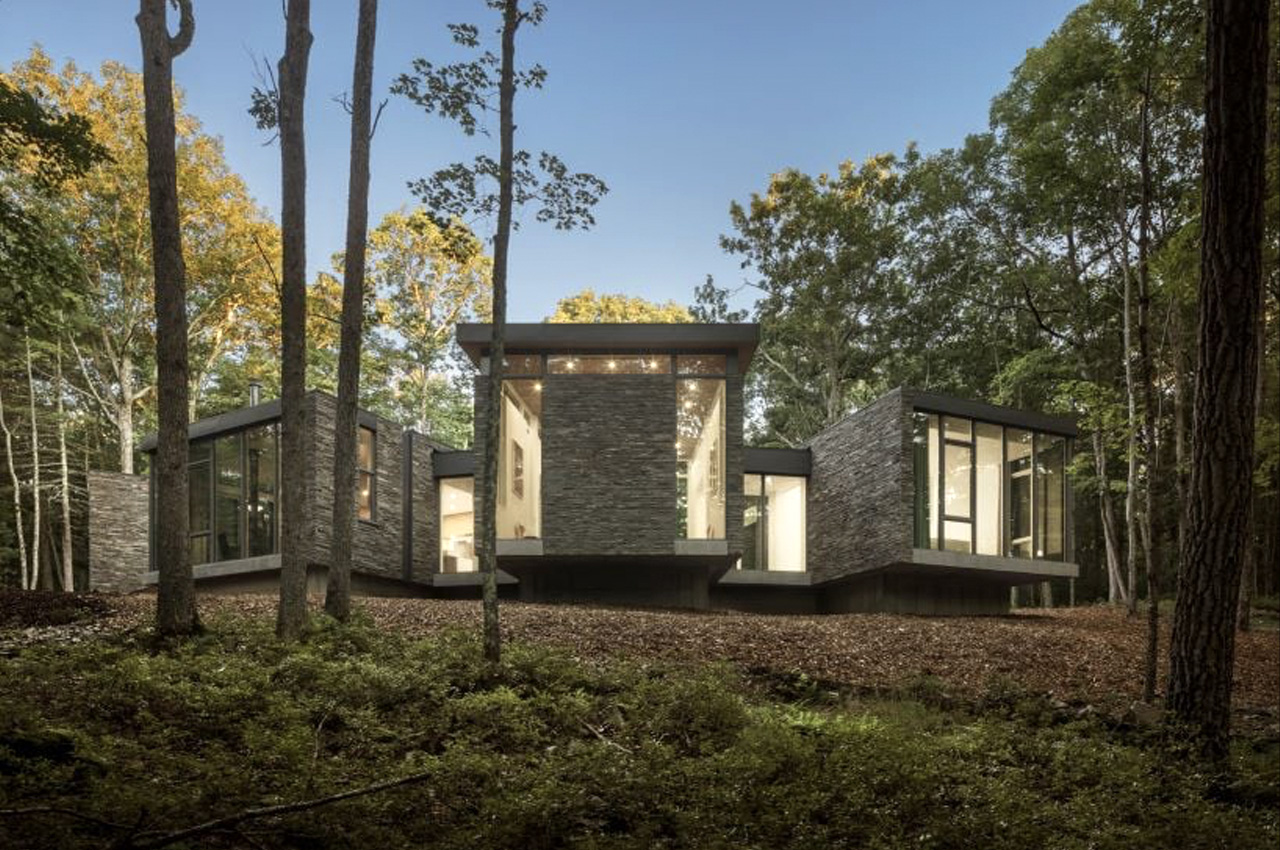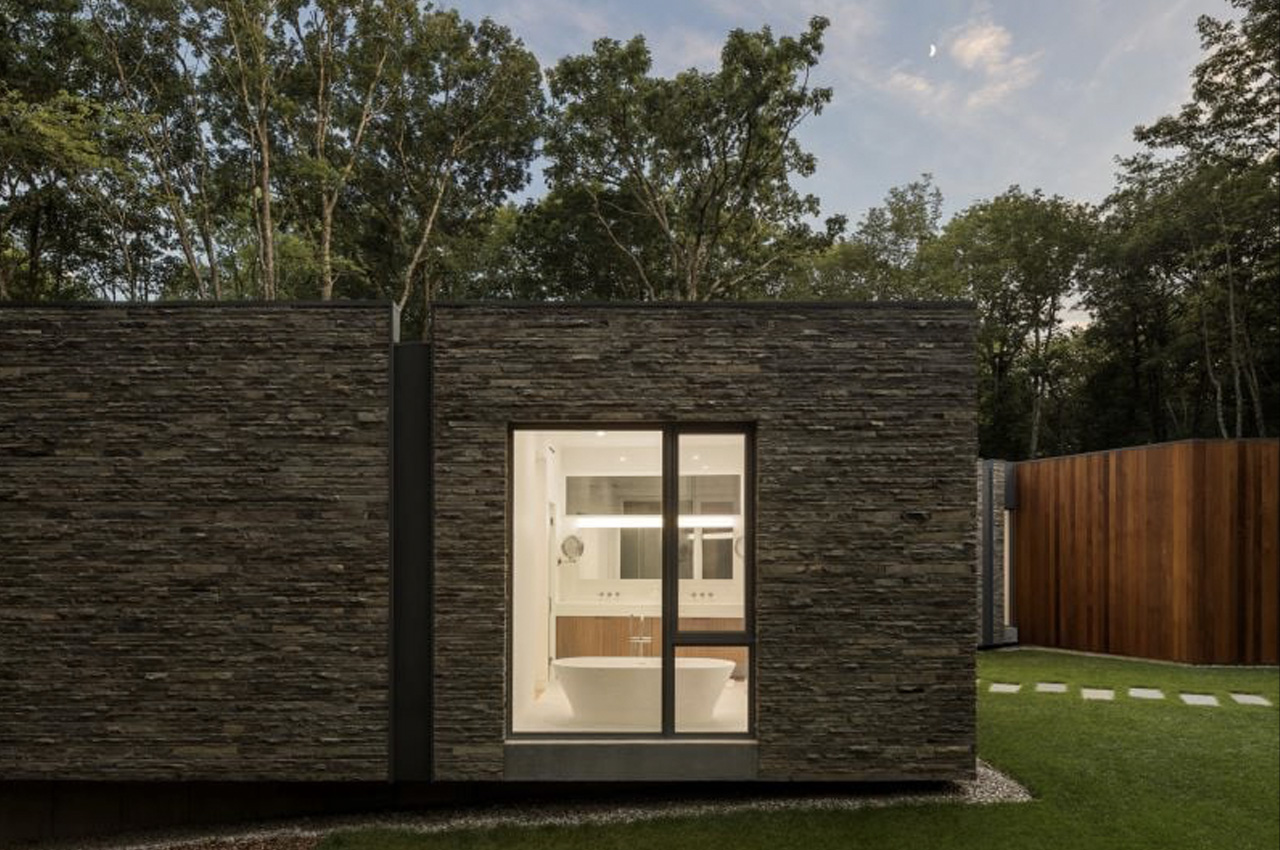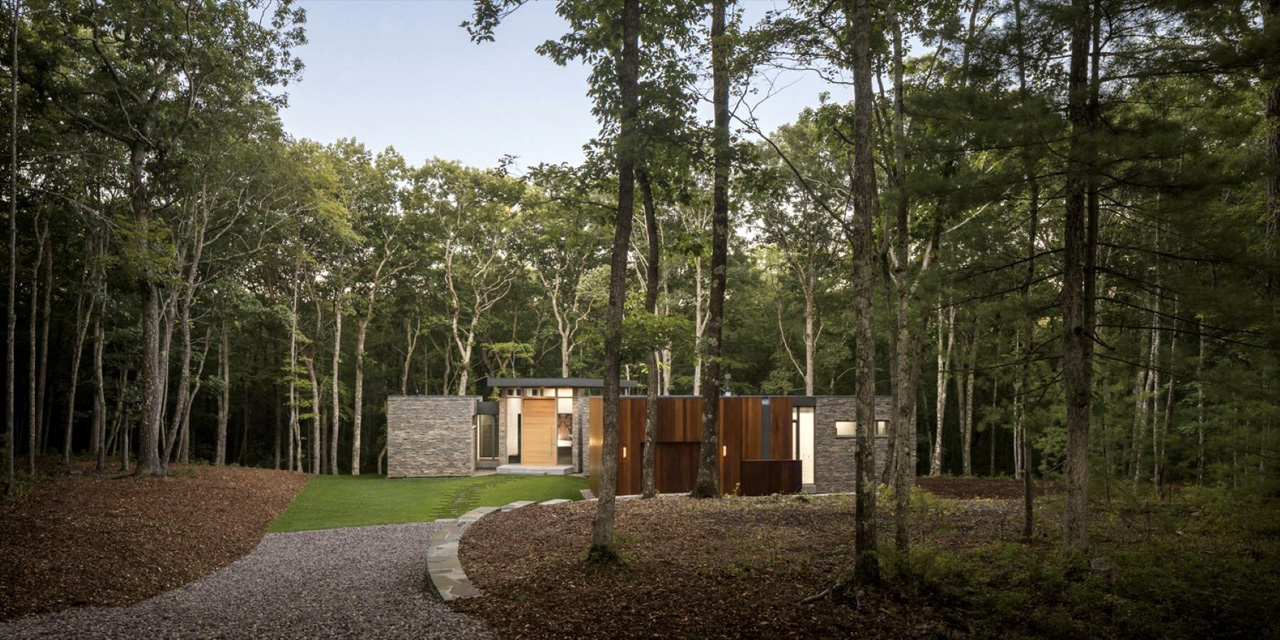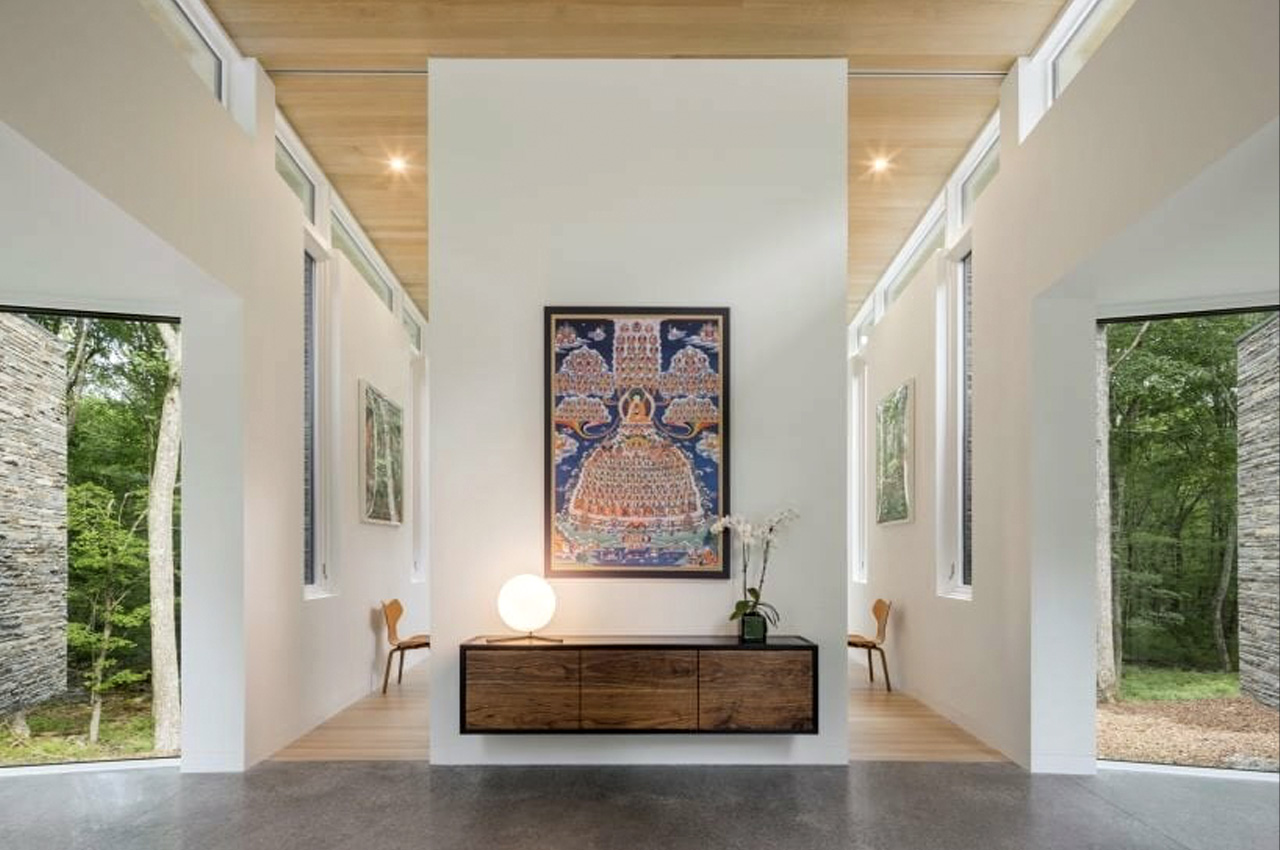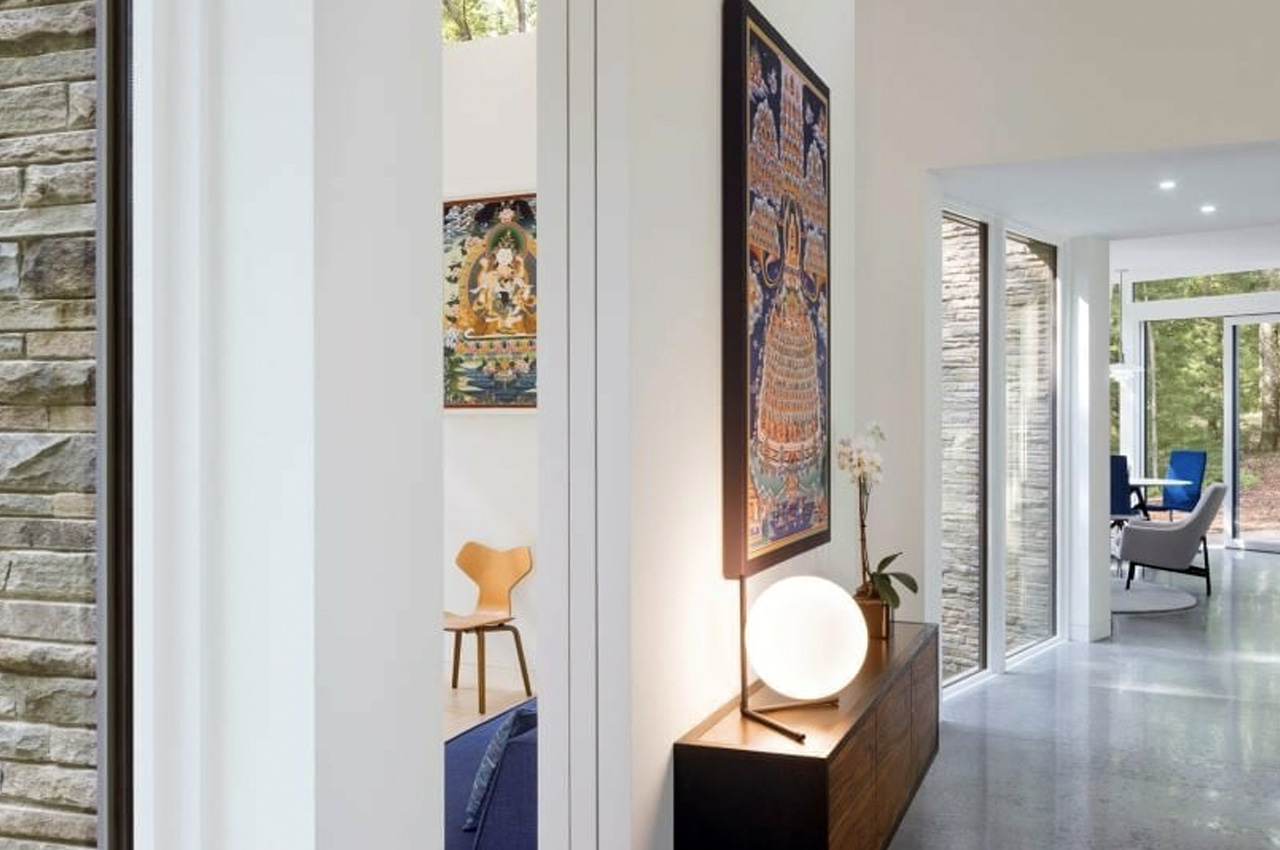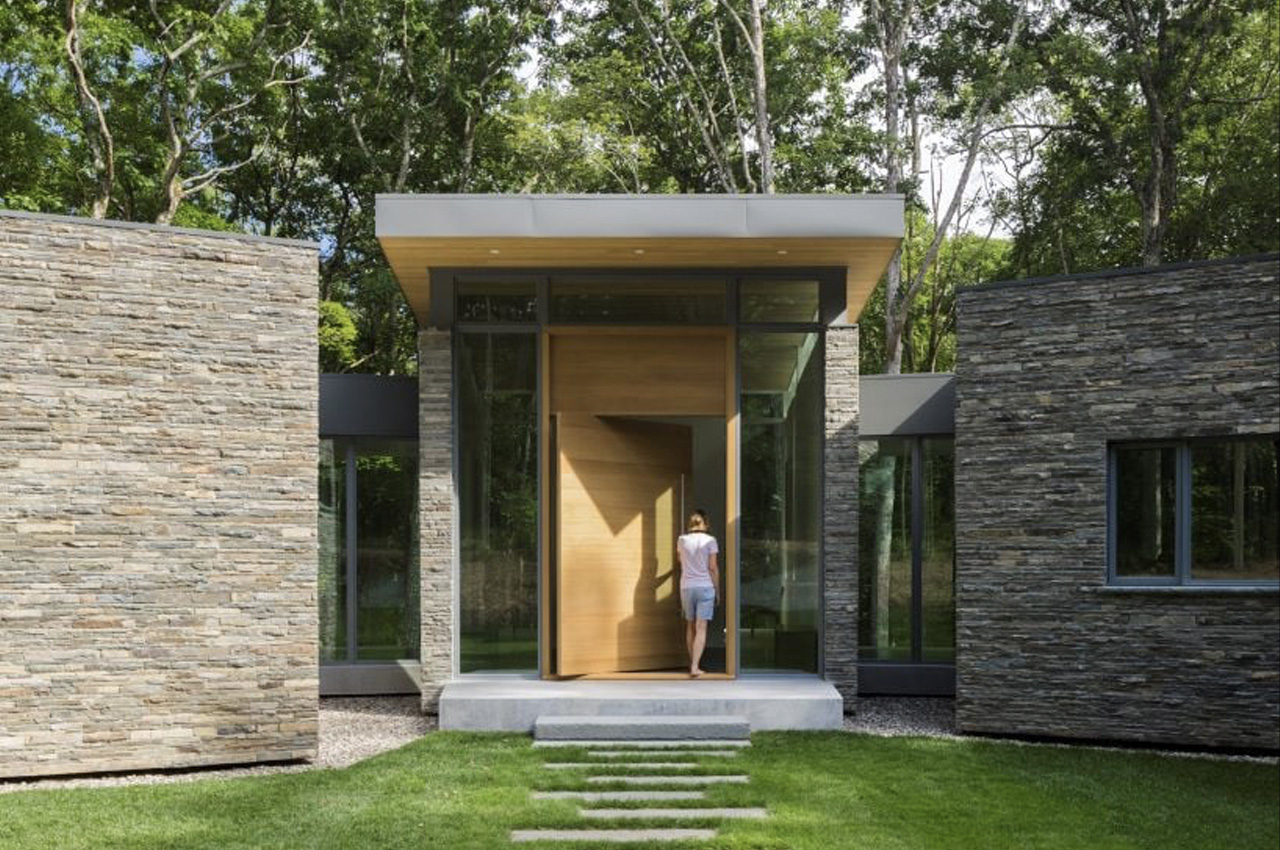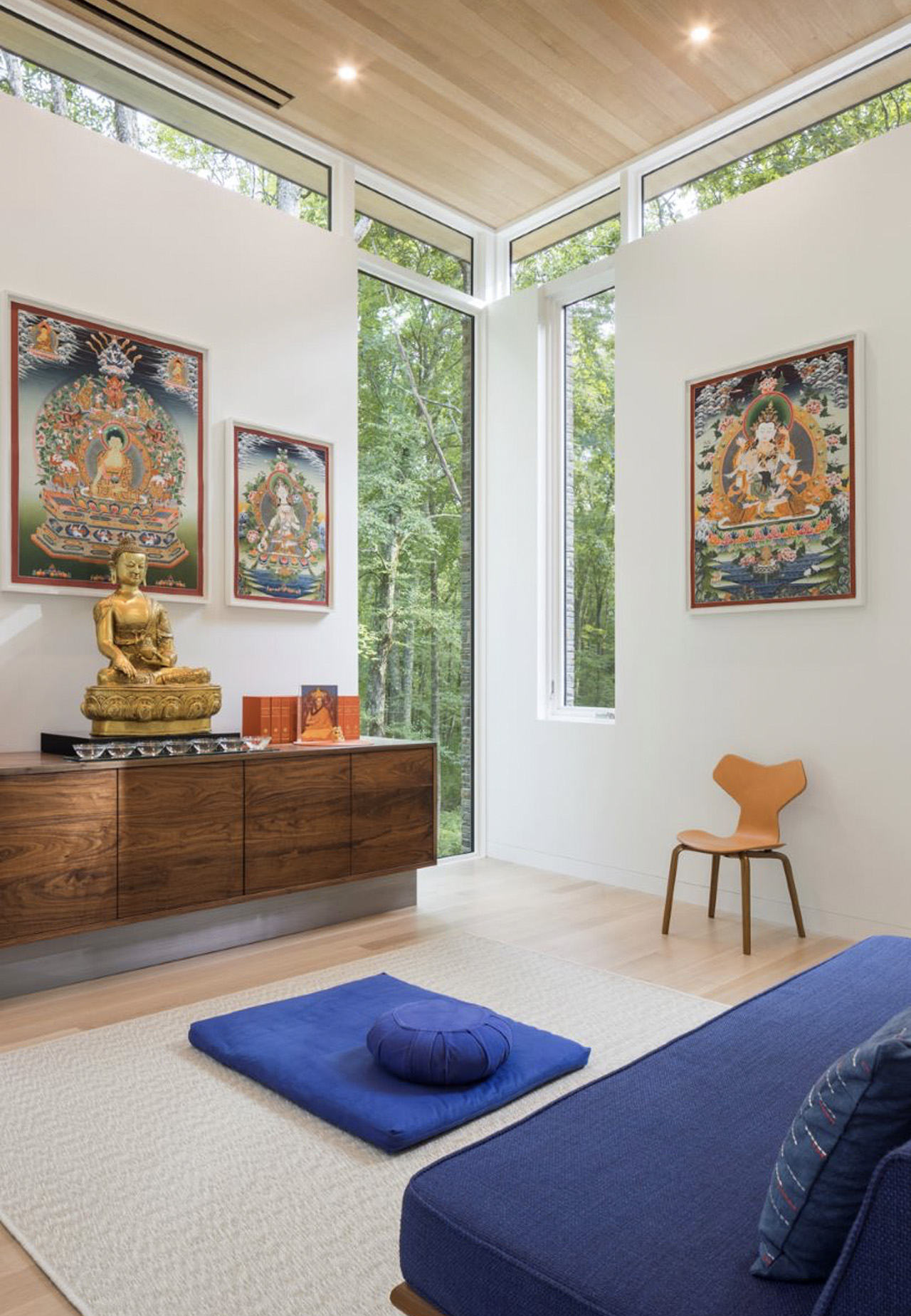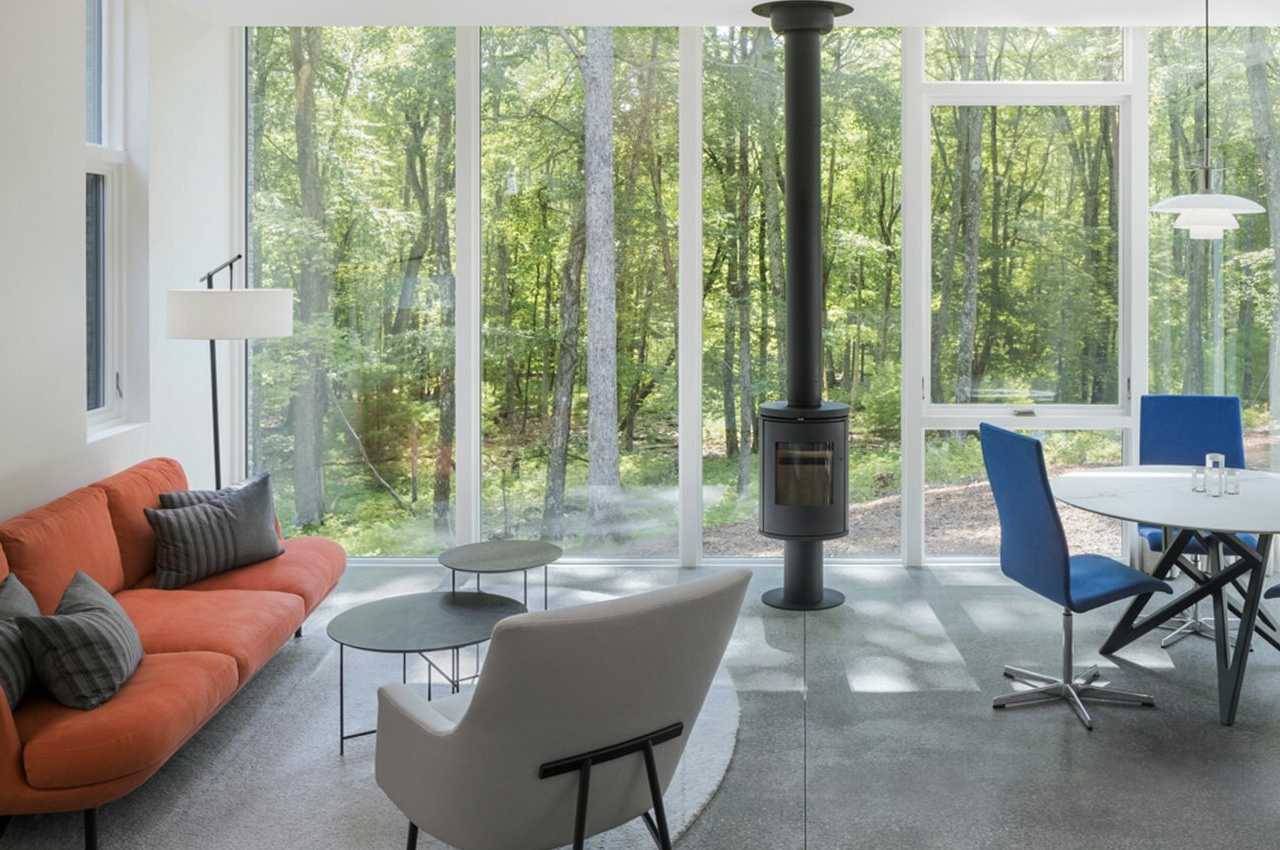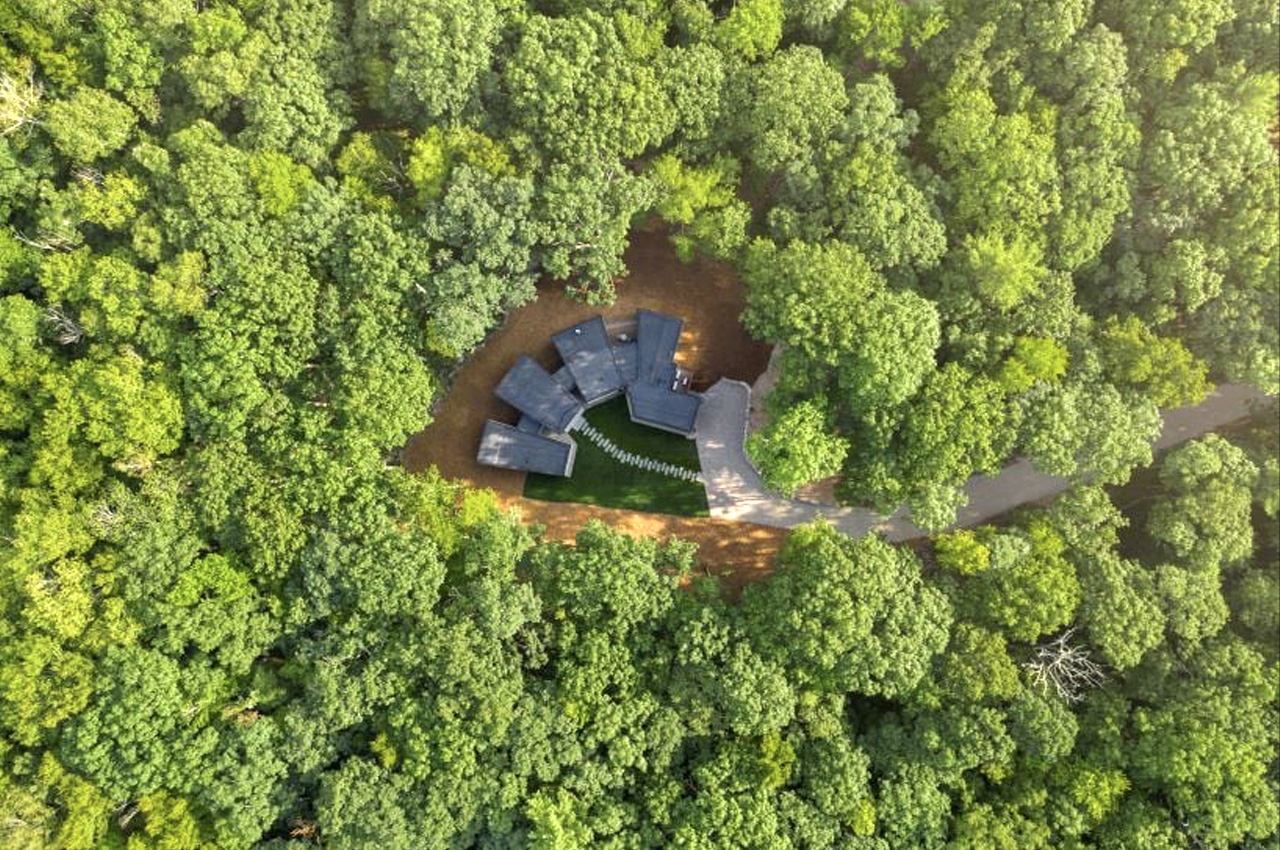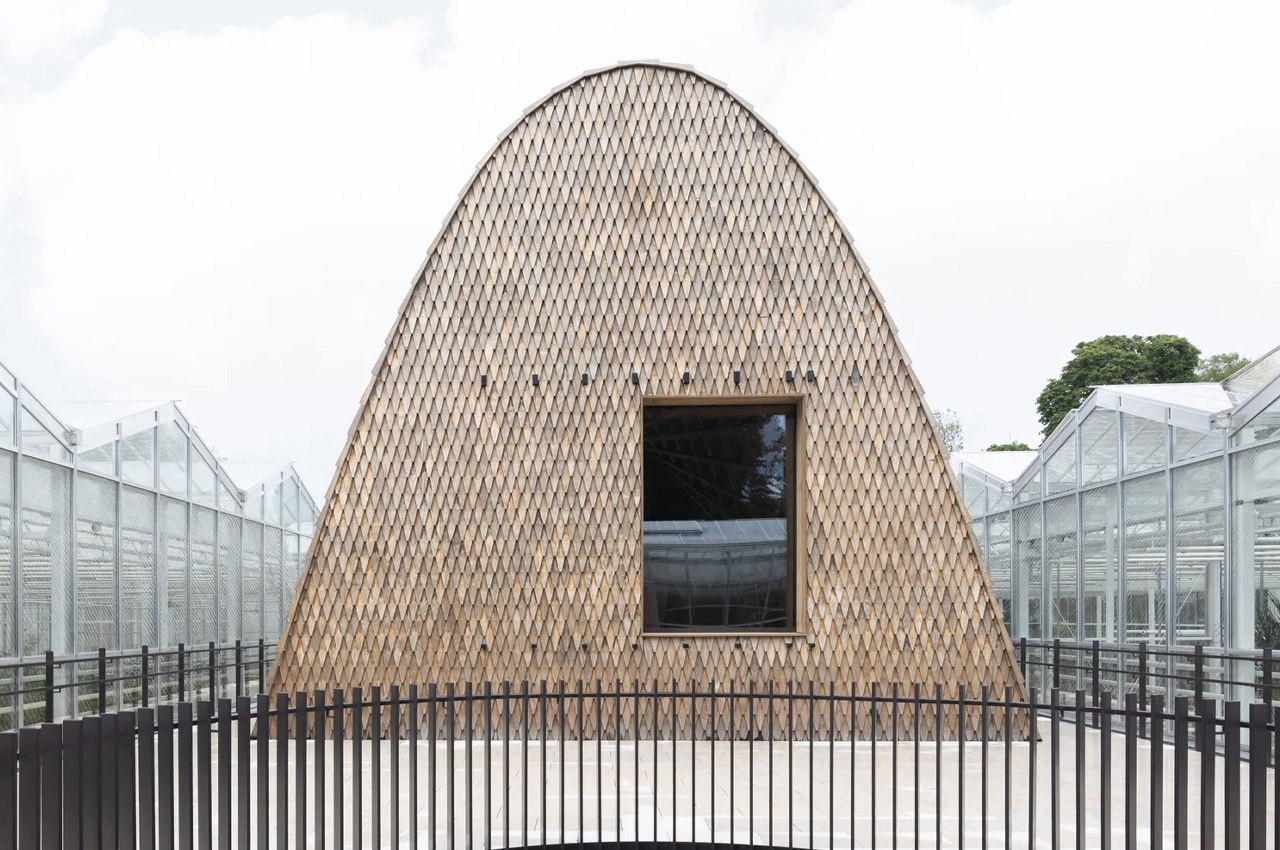
Designed by NU Architectuur Atelier, the Green Ark is located in the center of Belgium’s Meise Botanic Garden. The structure is an extremely sustainable visitor pavilion on the grounds of the Bouchout Castle in the Flemish Brabant. It is part of an impressive project that aims to extend 7600 sq m of greenhouses in the heart of the site. It is built from Kebony Clear wood, forming a lattice structure that is truly a wonder to look at. The rather dramatic and sophisticated-looking structure is located dead in the middle of the 92-hectare conservatory.
Designer: NU Architectuur Atelier
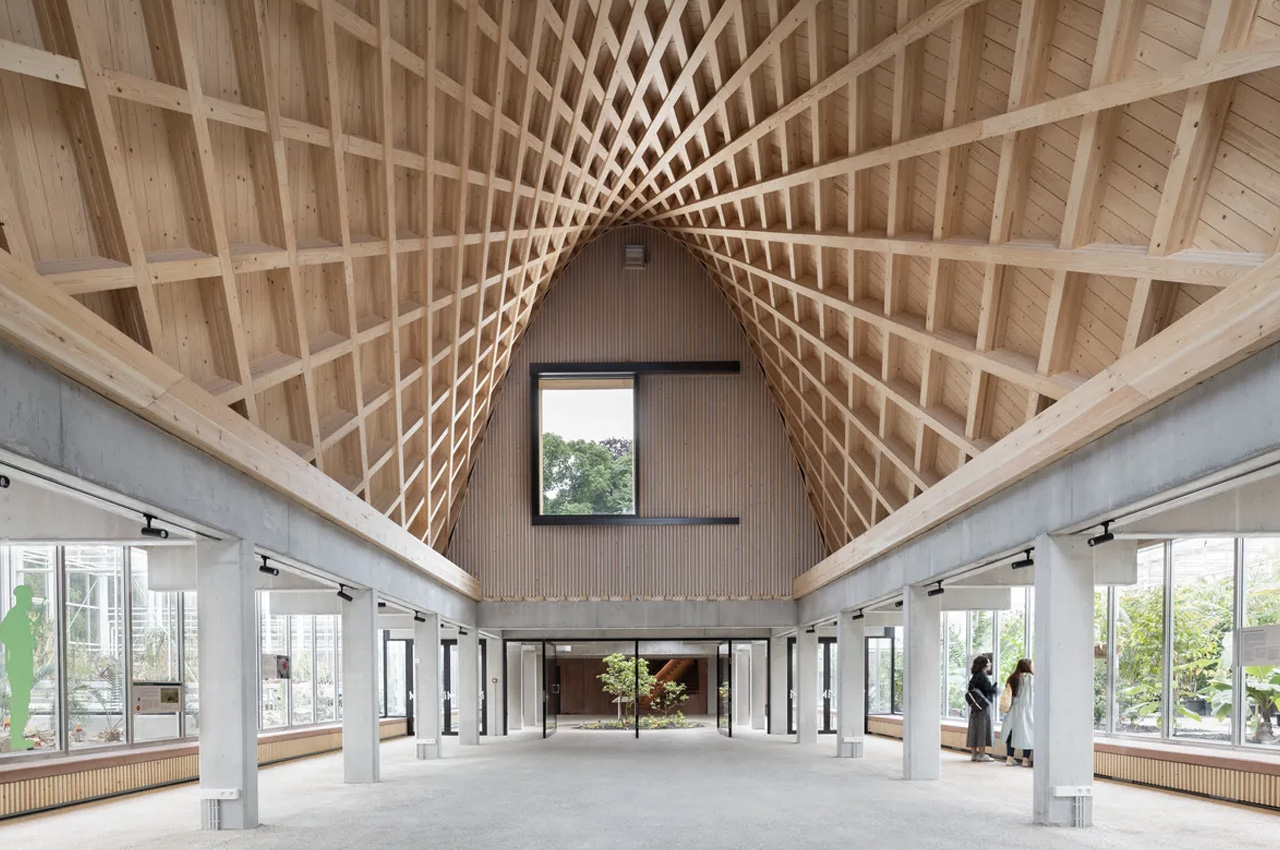

The Meise Botanic Garden is supposed to be one of the largest conservatories in the world that looks after endangered plant species. The project which is intended for restoration includes 22 of the Garden’s greenhouses. The greenhouses are focused on different environments and some of the activities on the site include education and conservation. With the Green Ark, the architectural firm has designed a dramatic and impressive pavilion in one of the newly resorted conservatories. It provides visitors with educational experiences, allowing them to learn more about the endangered plants.
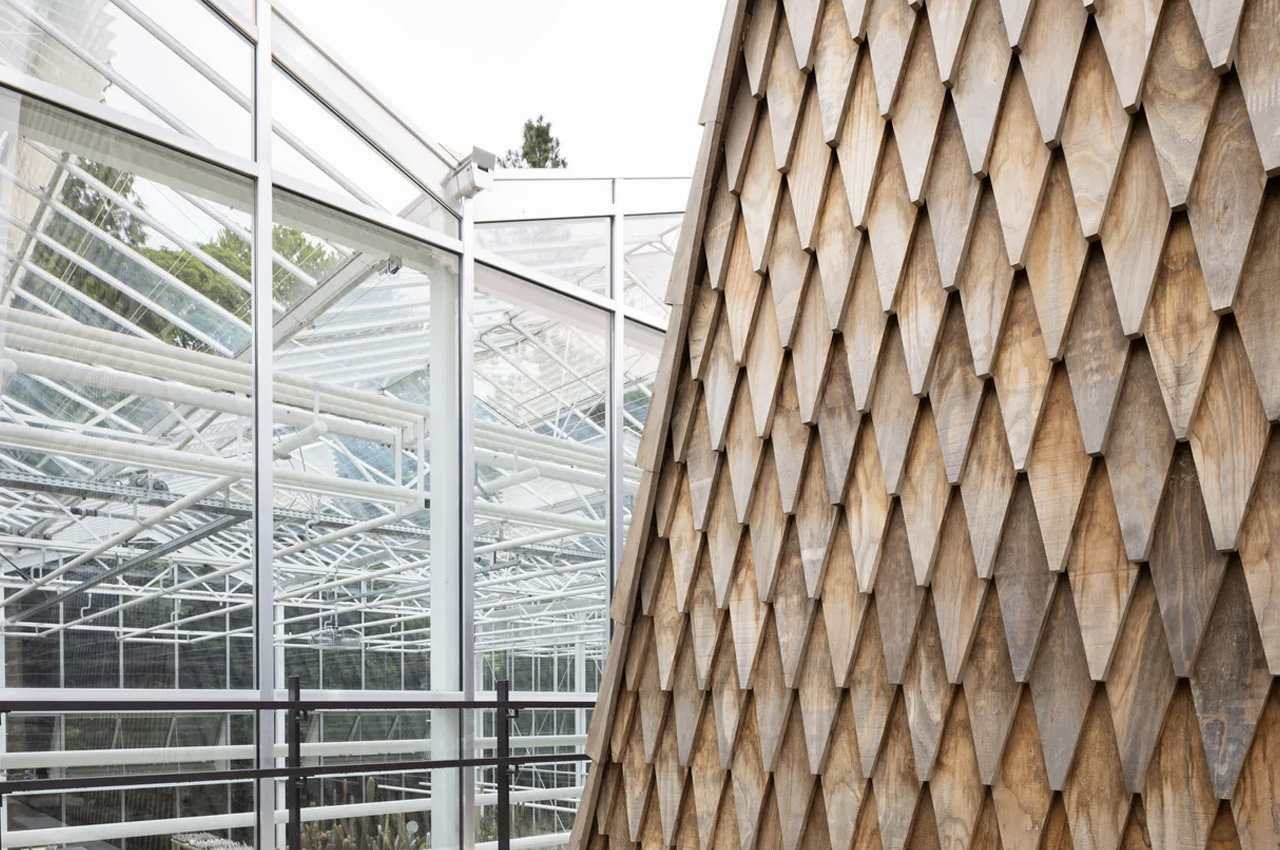
The structure features a curved roof of Kebony wood shingles which look like scales! The shingles seem to gently cascade down the curved sides, creating quite an interesting visual. The interior of the pavilion features a wooden structure elevated on a concrete frame and paired up with a glazed ground floor. The glazed floor allows a glimpse into the surrounding glasshouses.
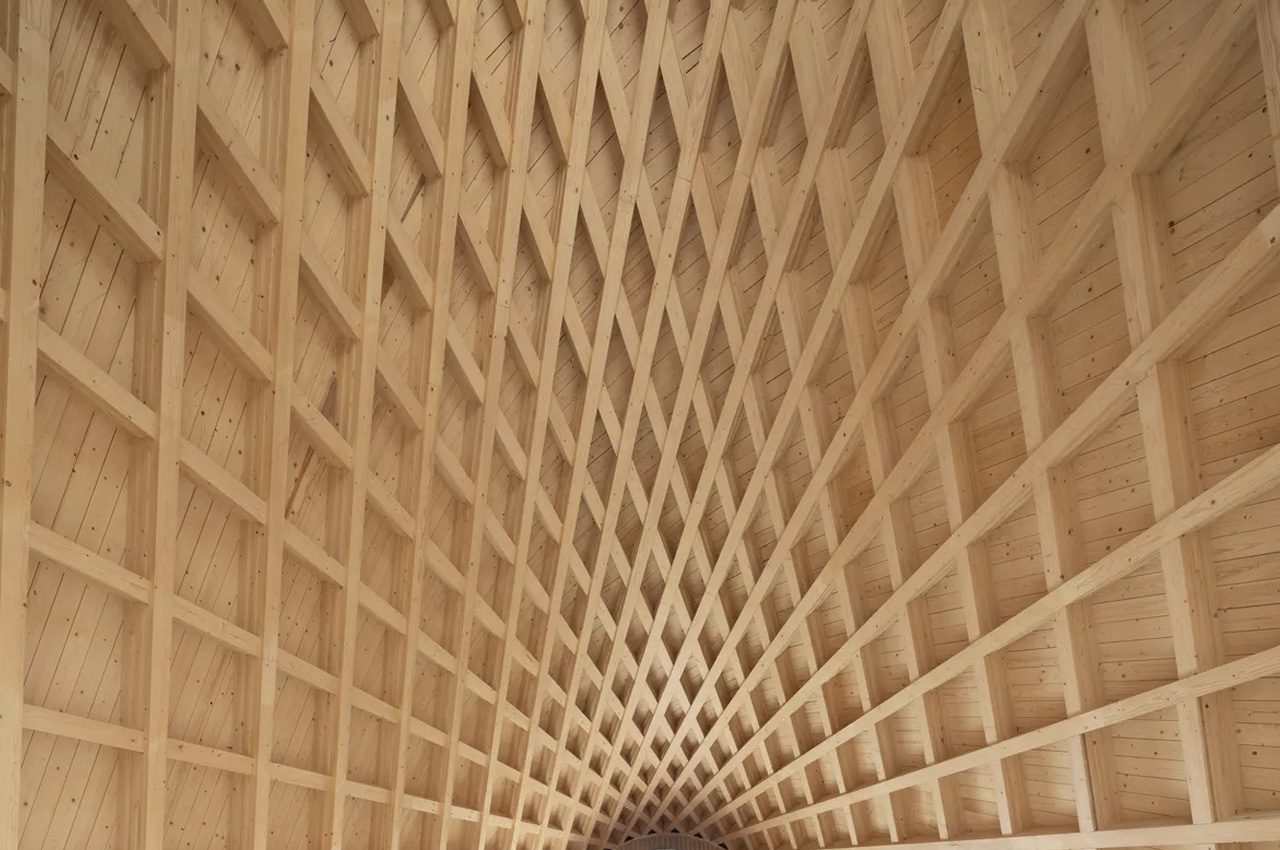
The Kebony wood was an integral part of the pavilion’s structure. The company is being acknowledged for its ‘modified wood’ process, which involves a faster growth rate of softwood and a special technique that merges wood with furan polymers to provide increased solidity and stability. Kebony’s softwood is a sustainable option when it comes to carbon capture and sourcing. The Green Ark is also designed to recycle rainwater through the shingled roof. The remaining portion of the roof serves as a flat structure that offers views into the surrounding greenhouses.
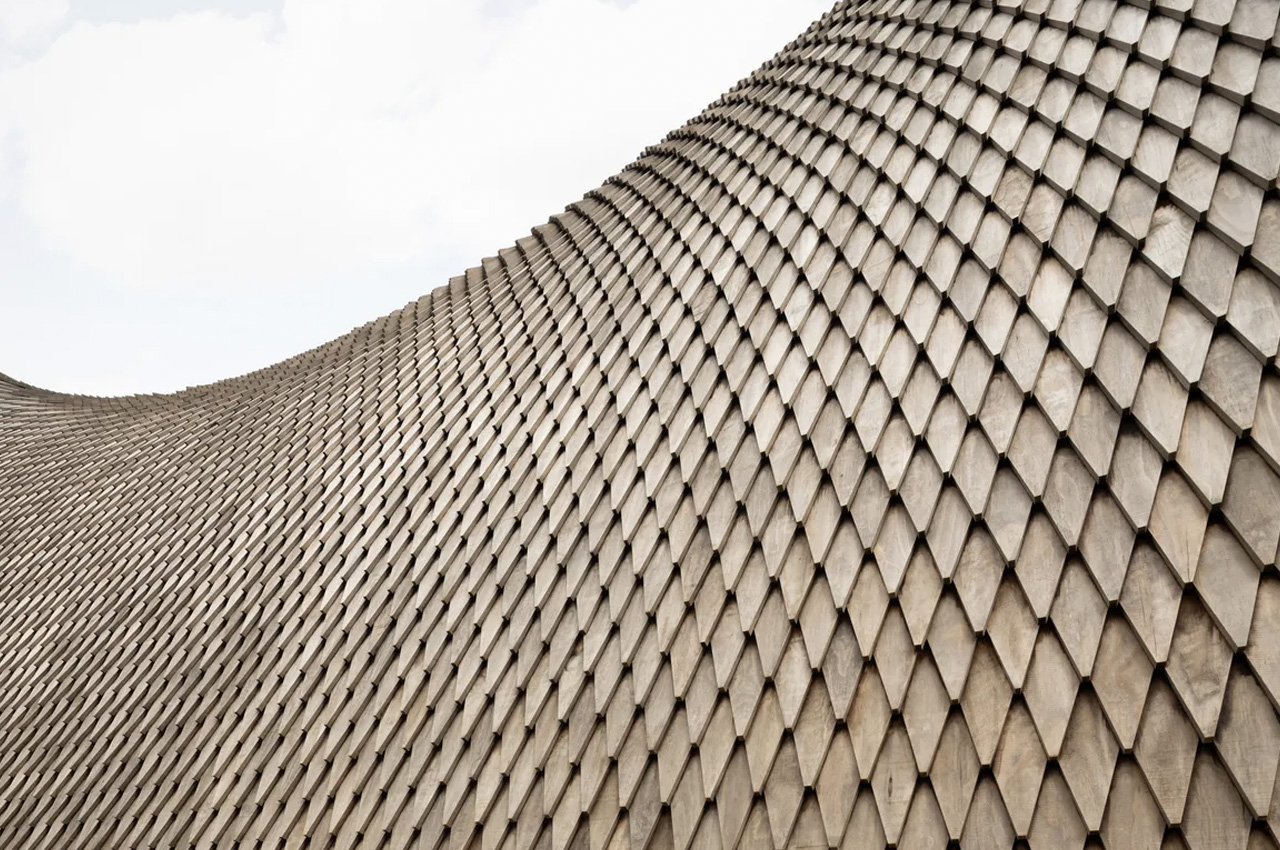
The post Garden Pavilion For Plant Conservation Is Made Using A Modified Softwood That Is As Good As Hardwood first appeared on Yanko Design.
